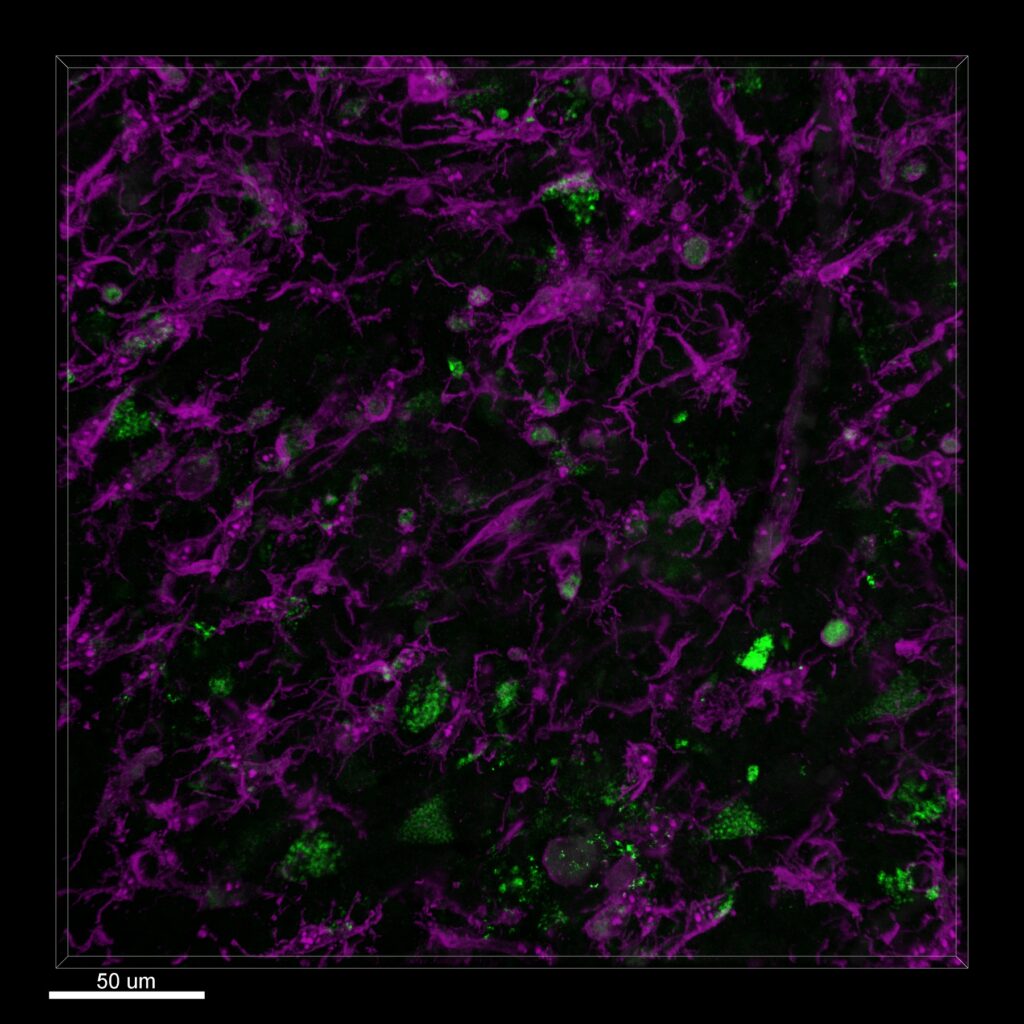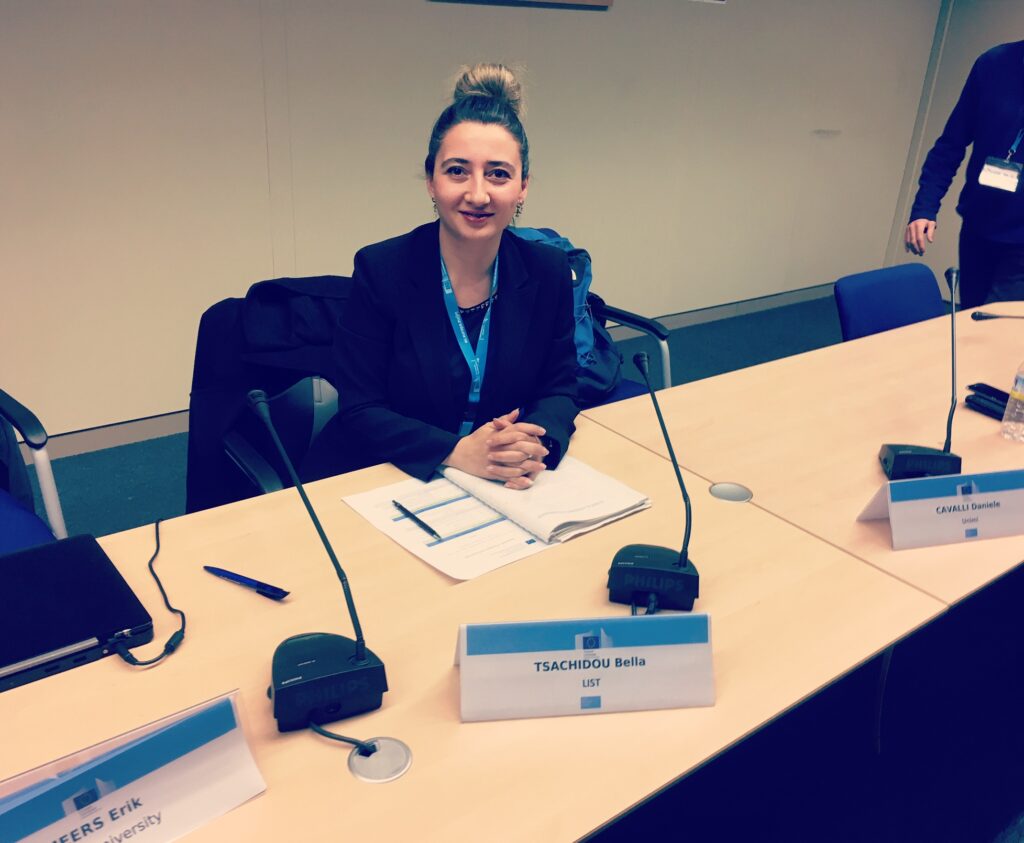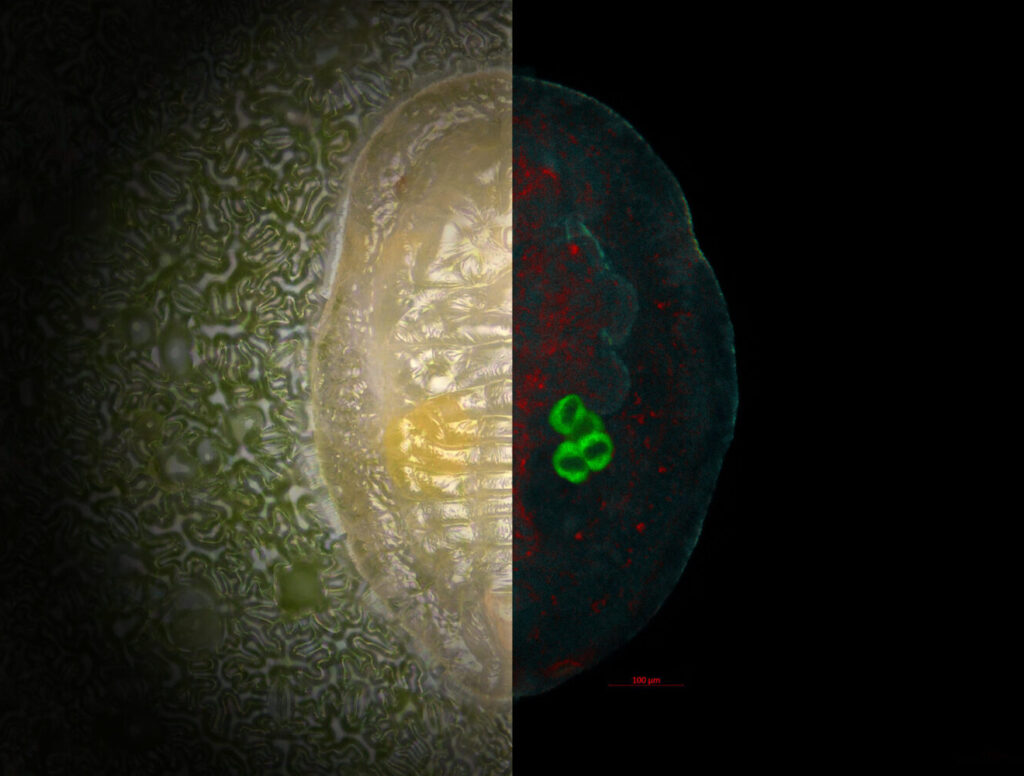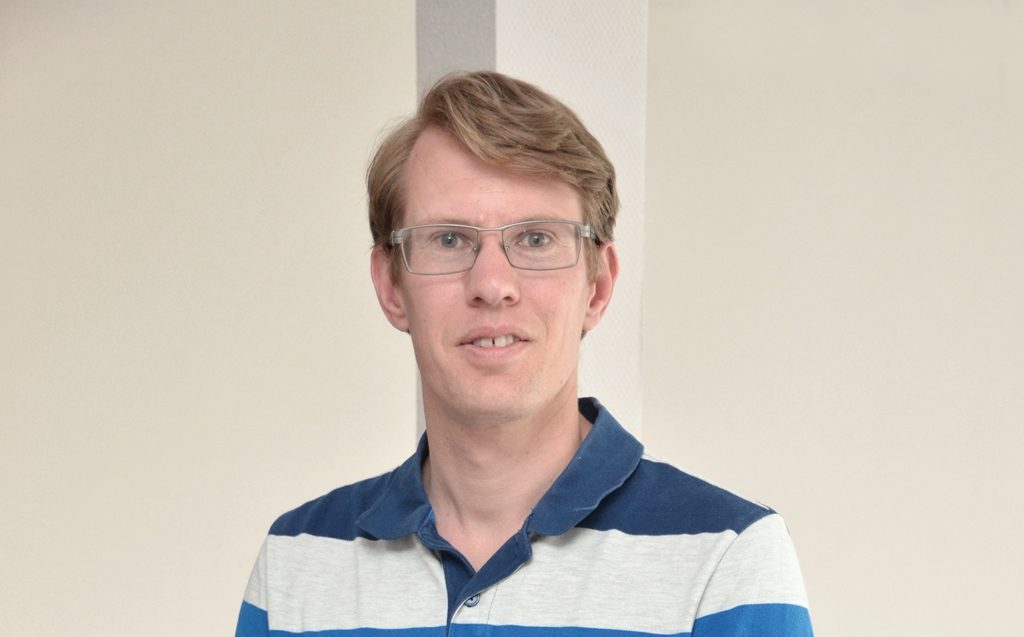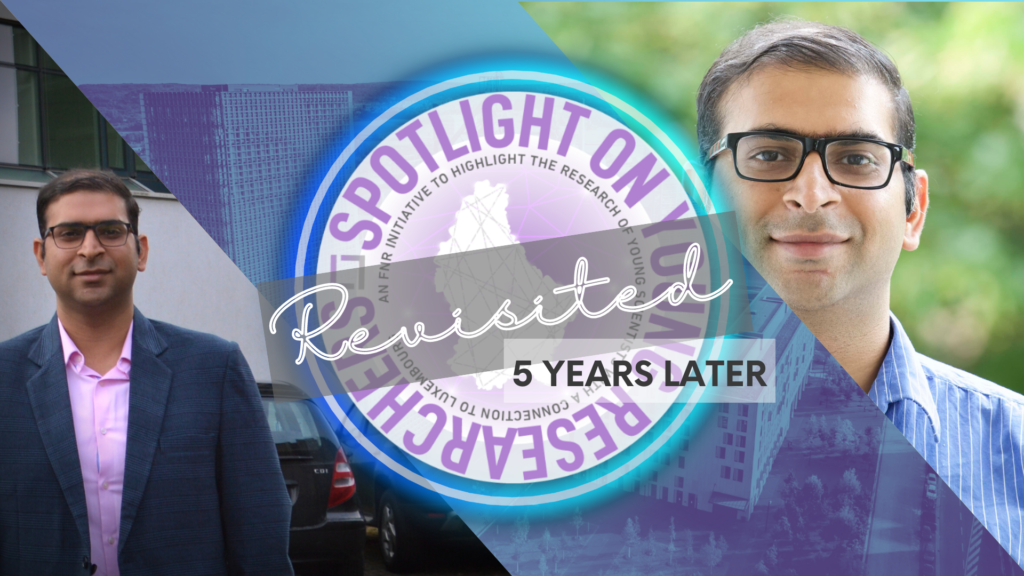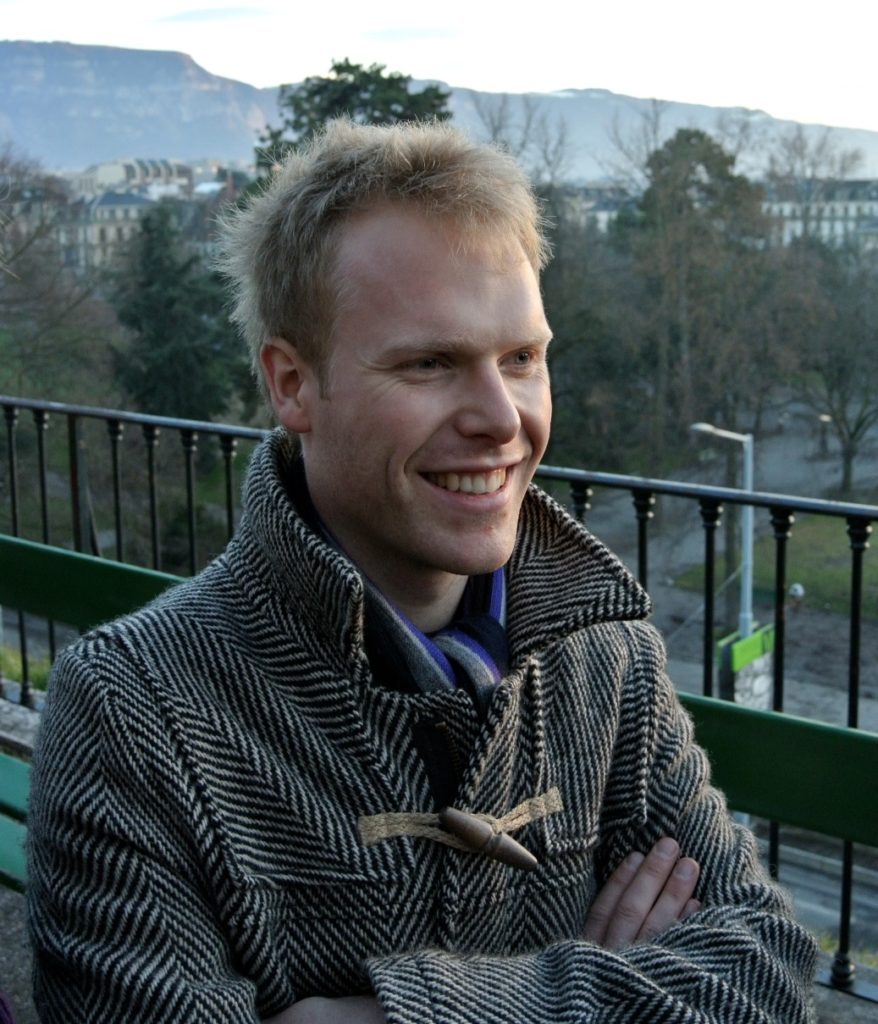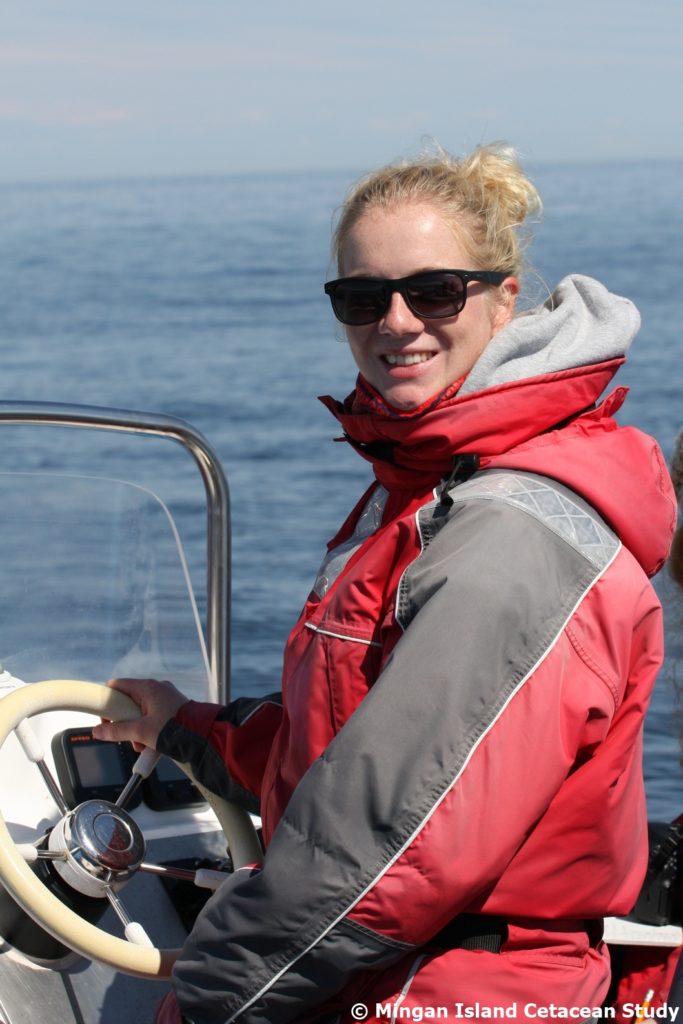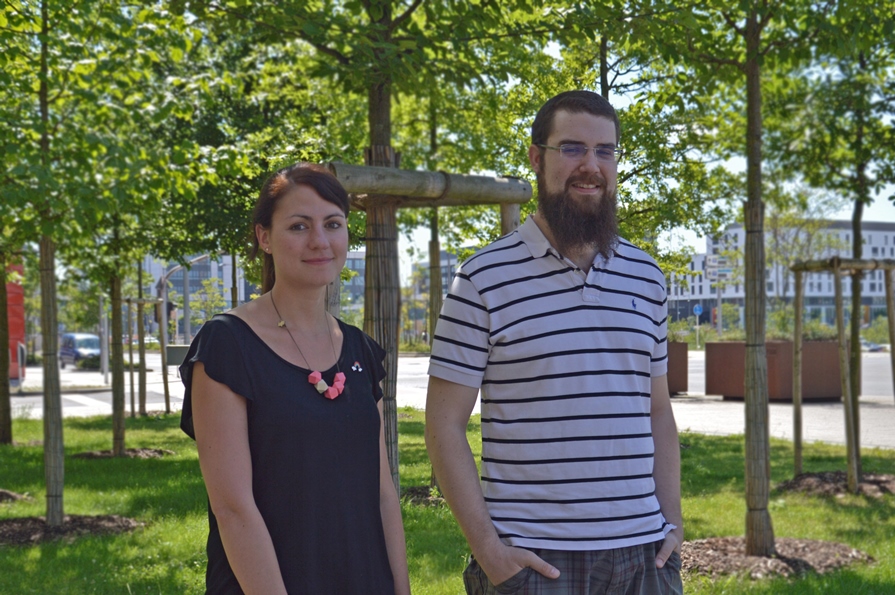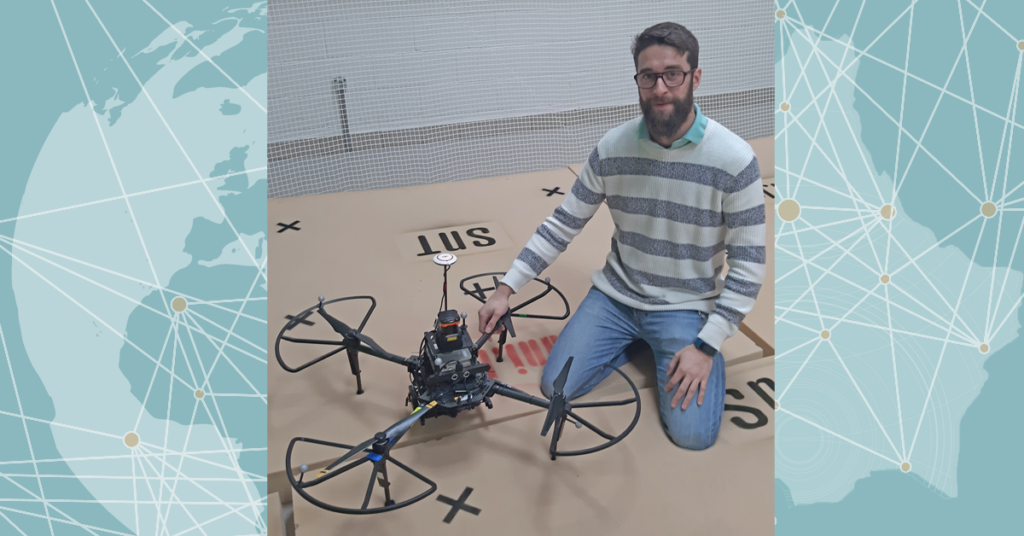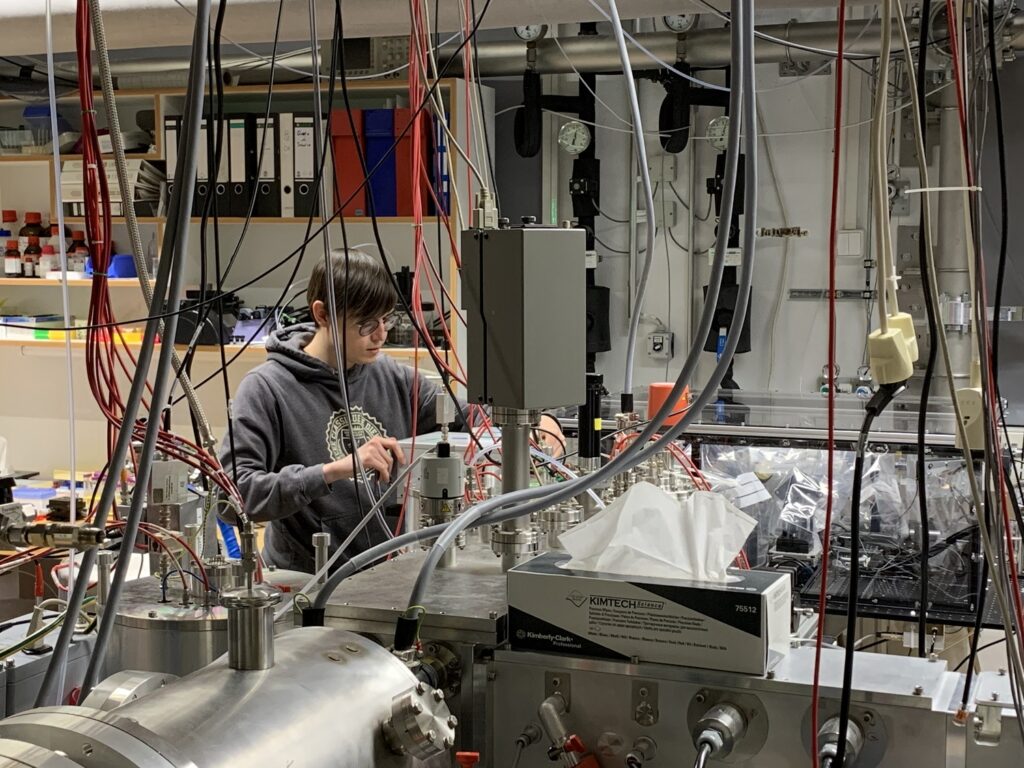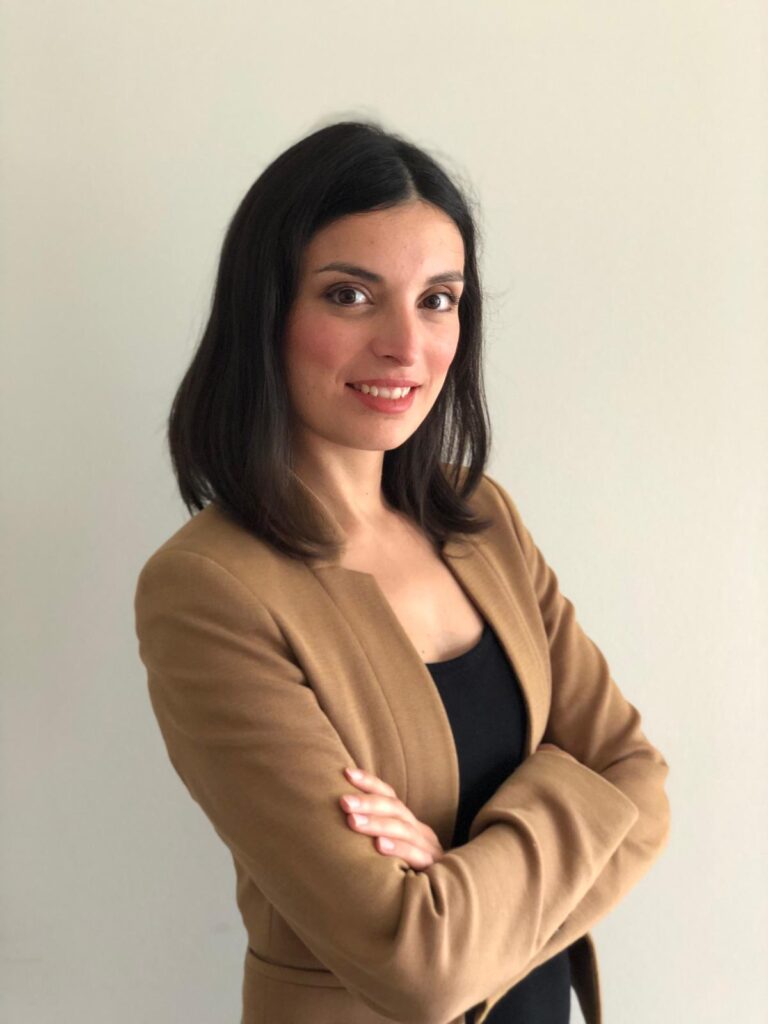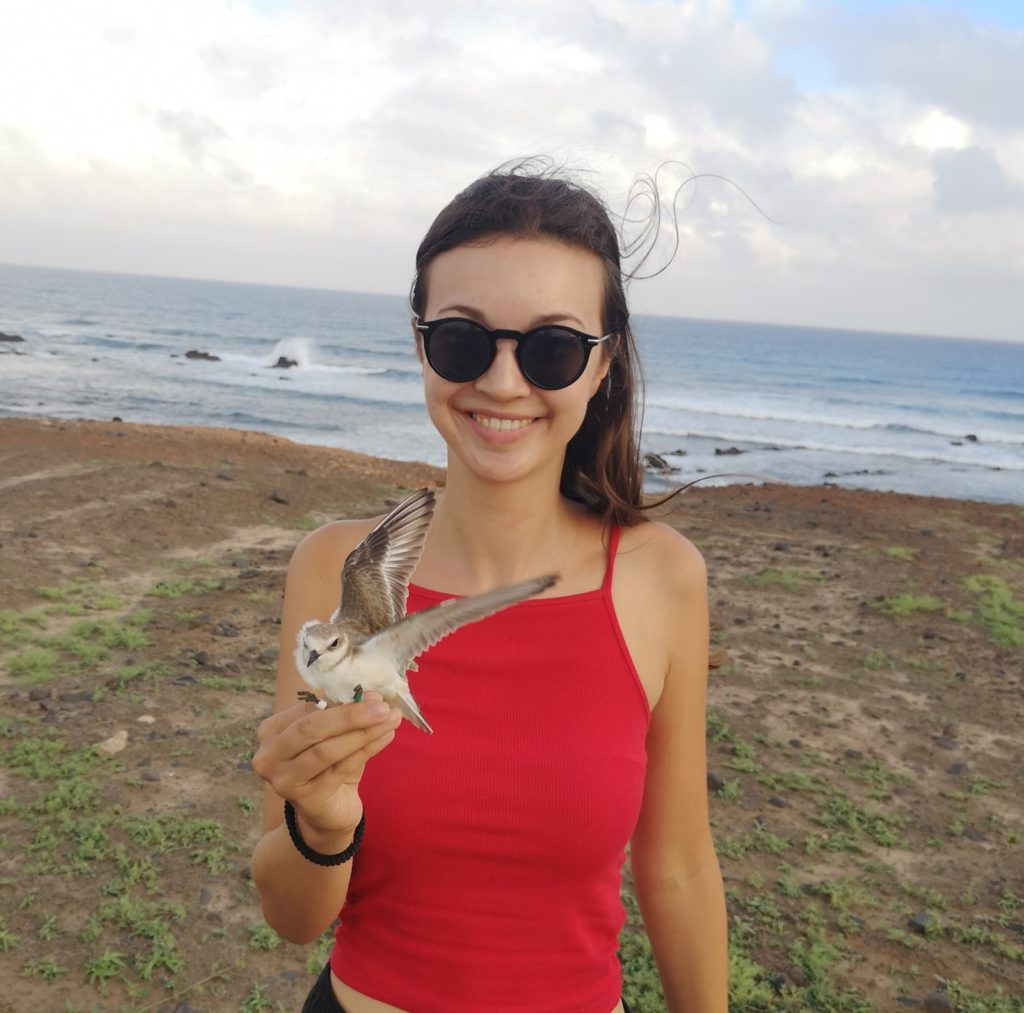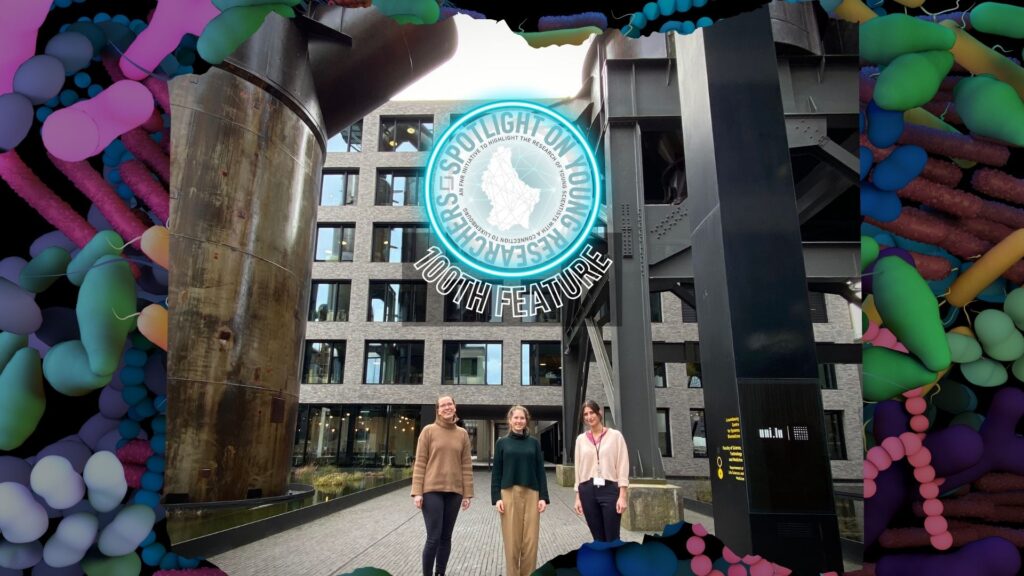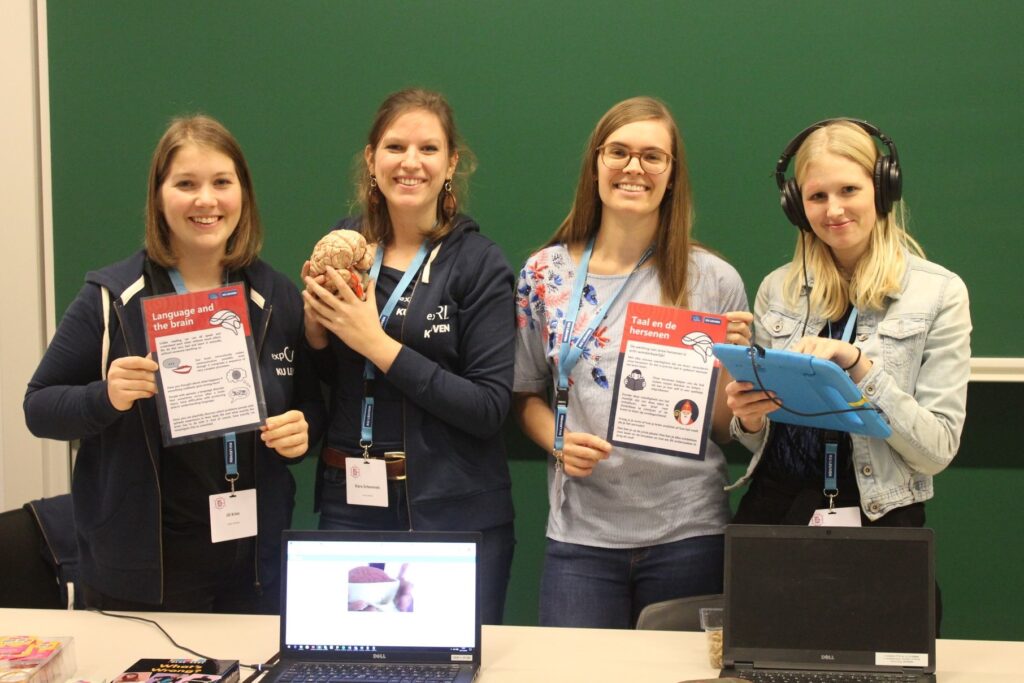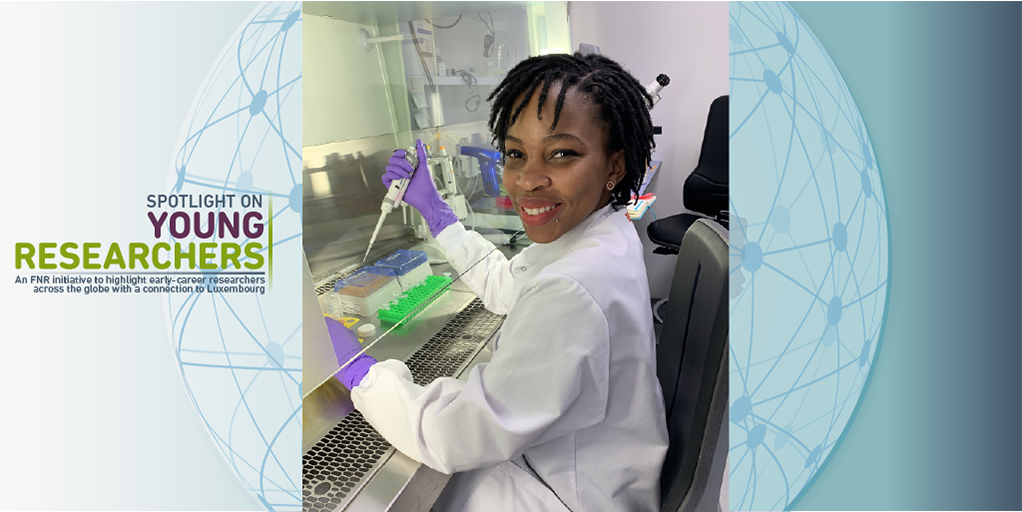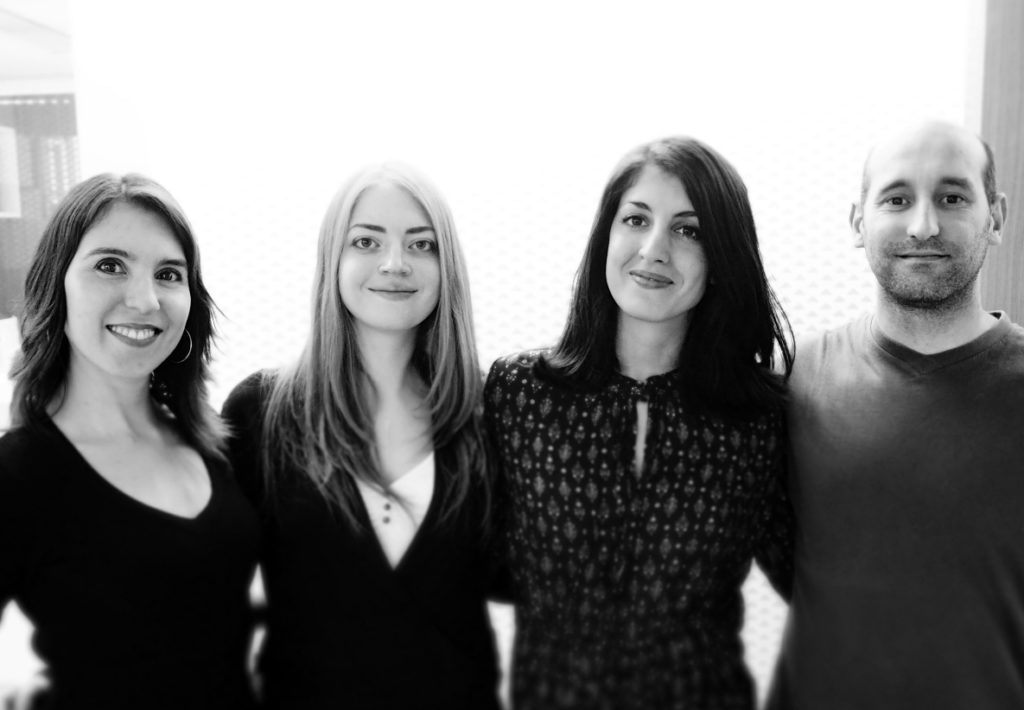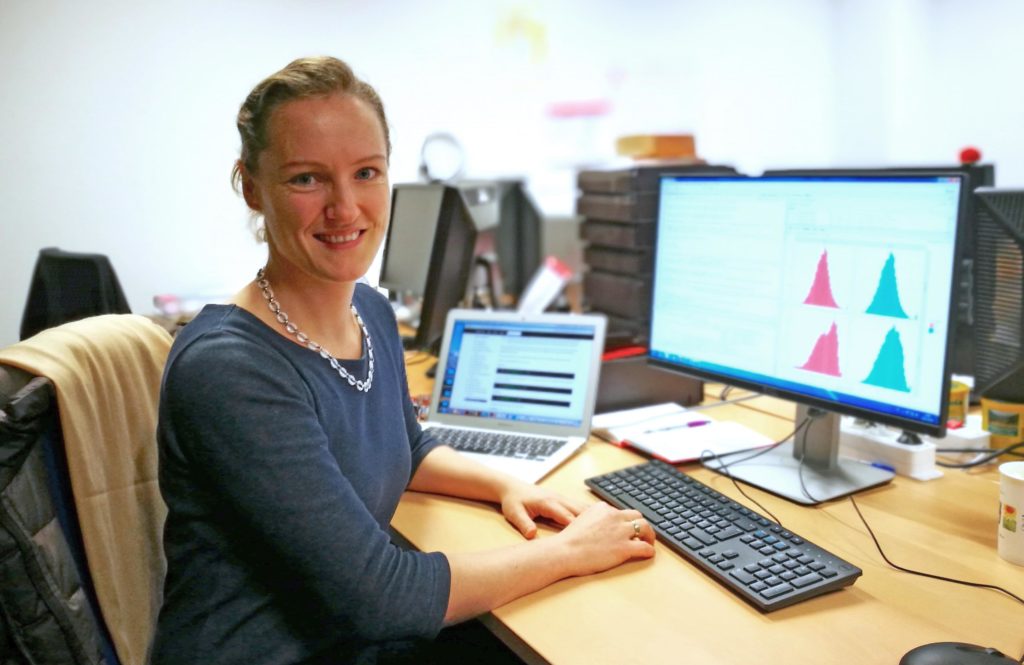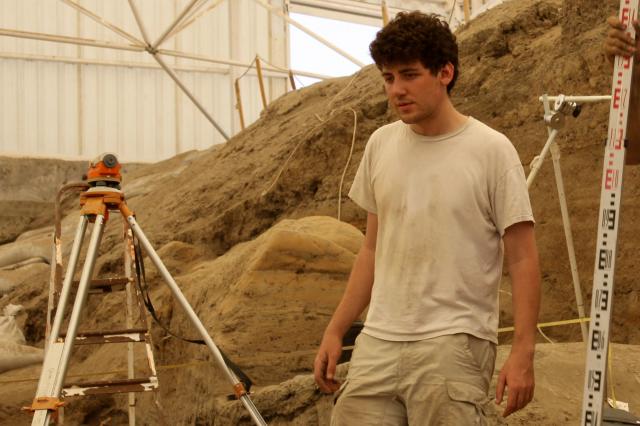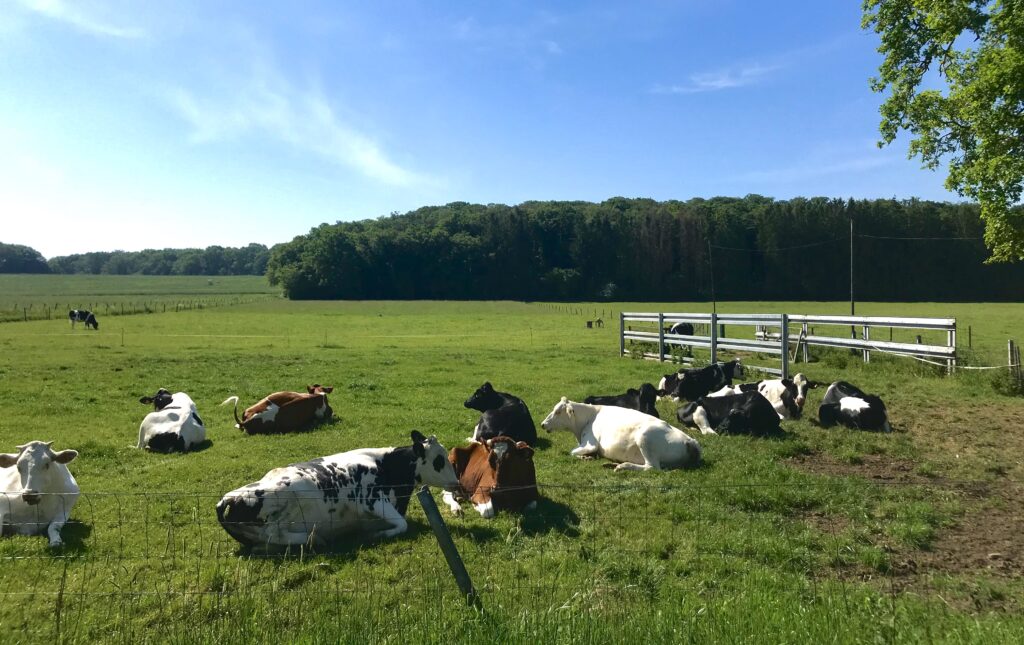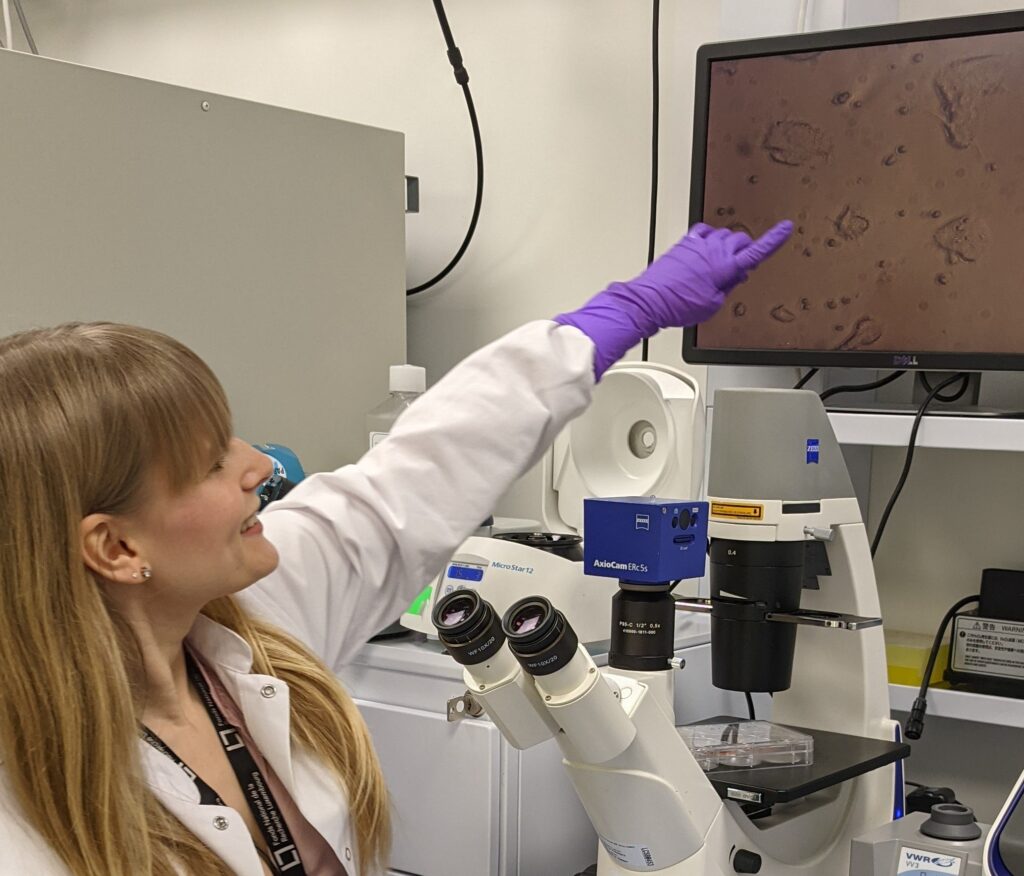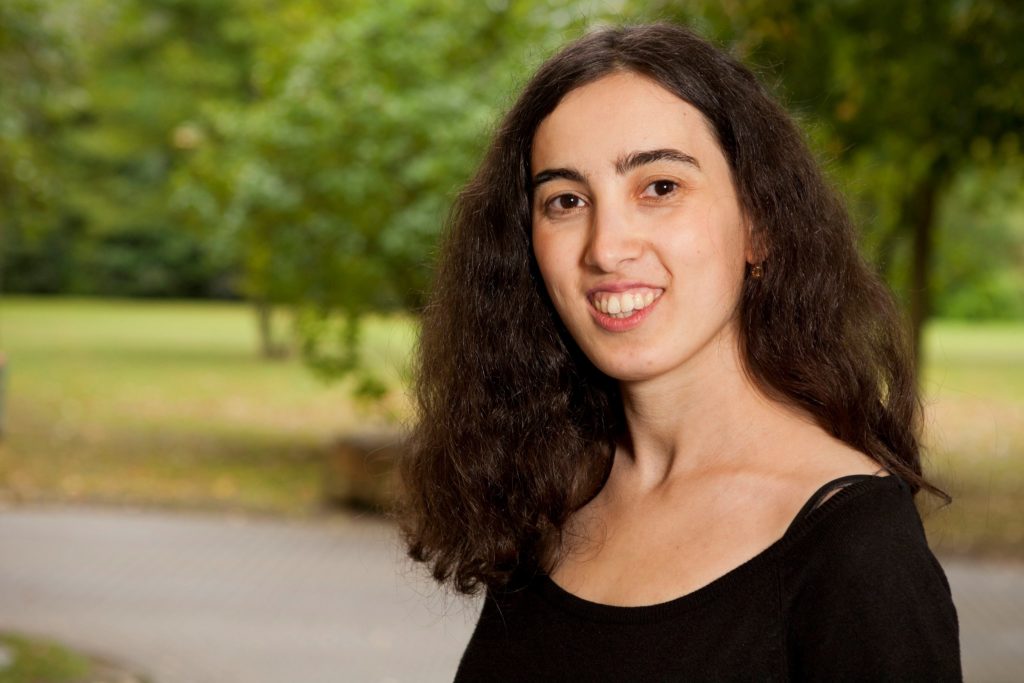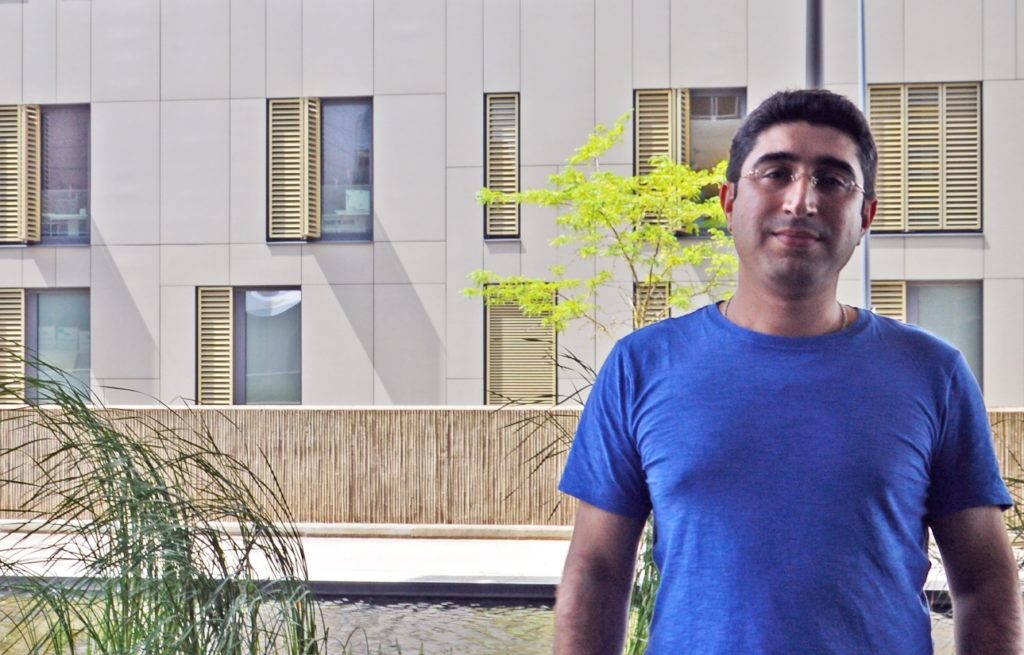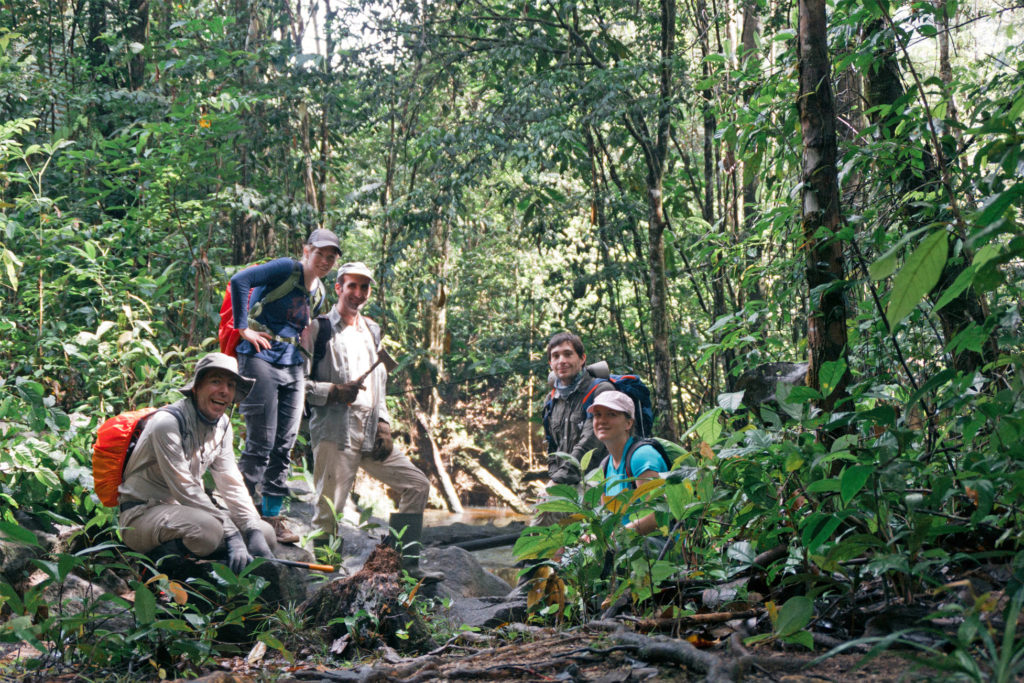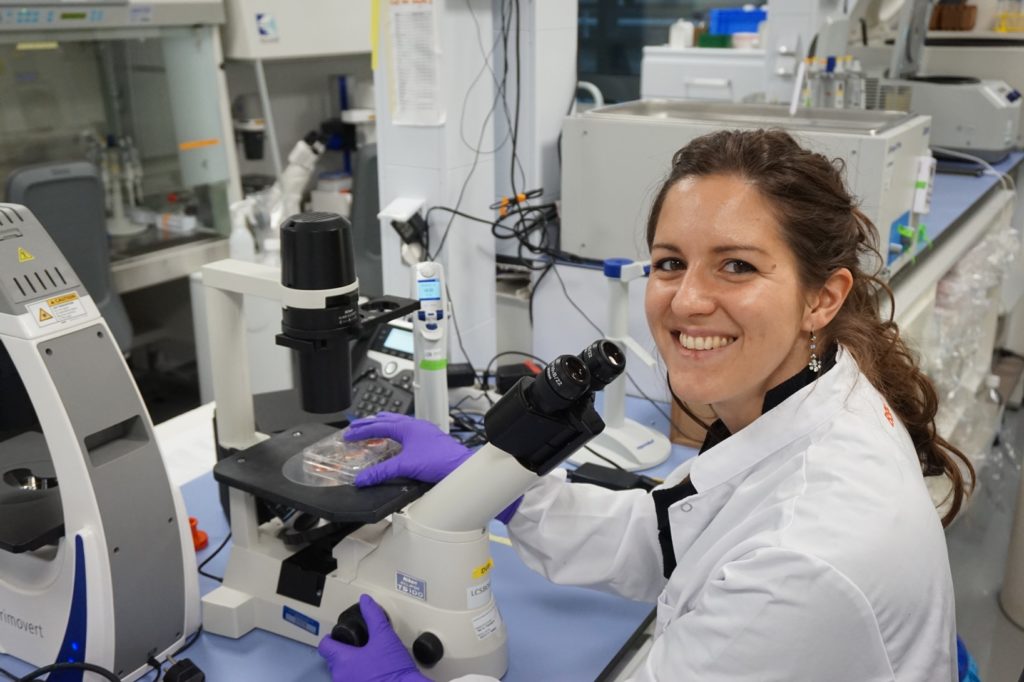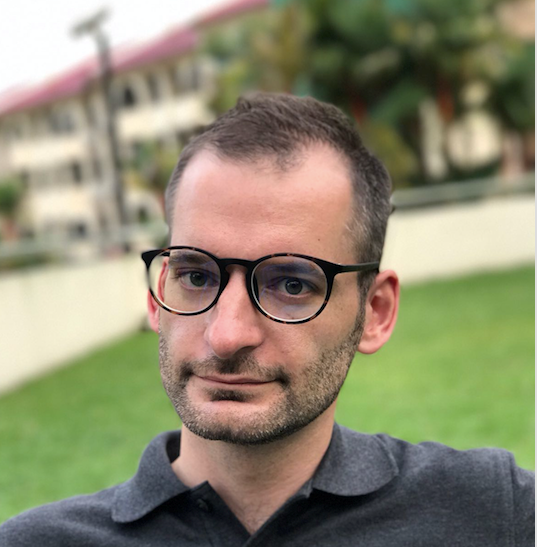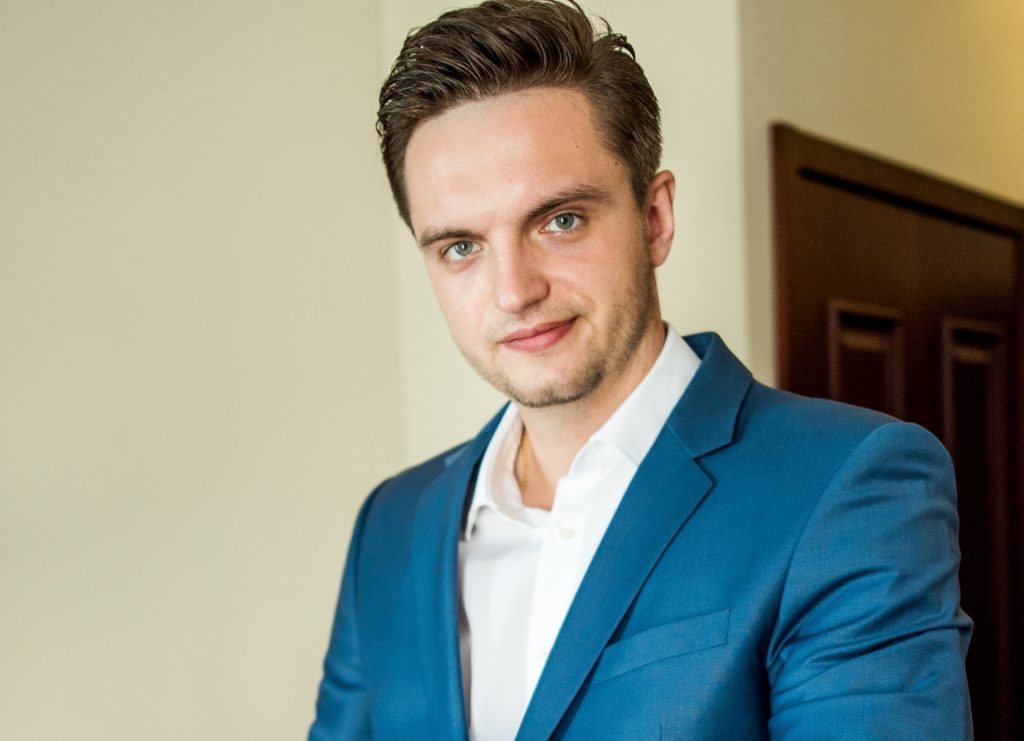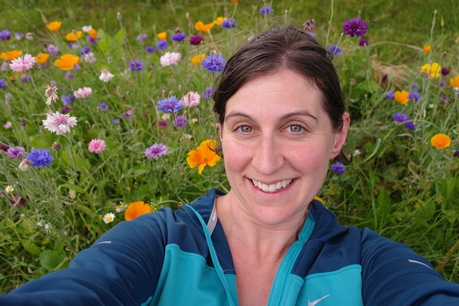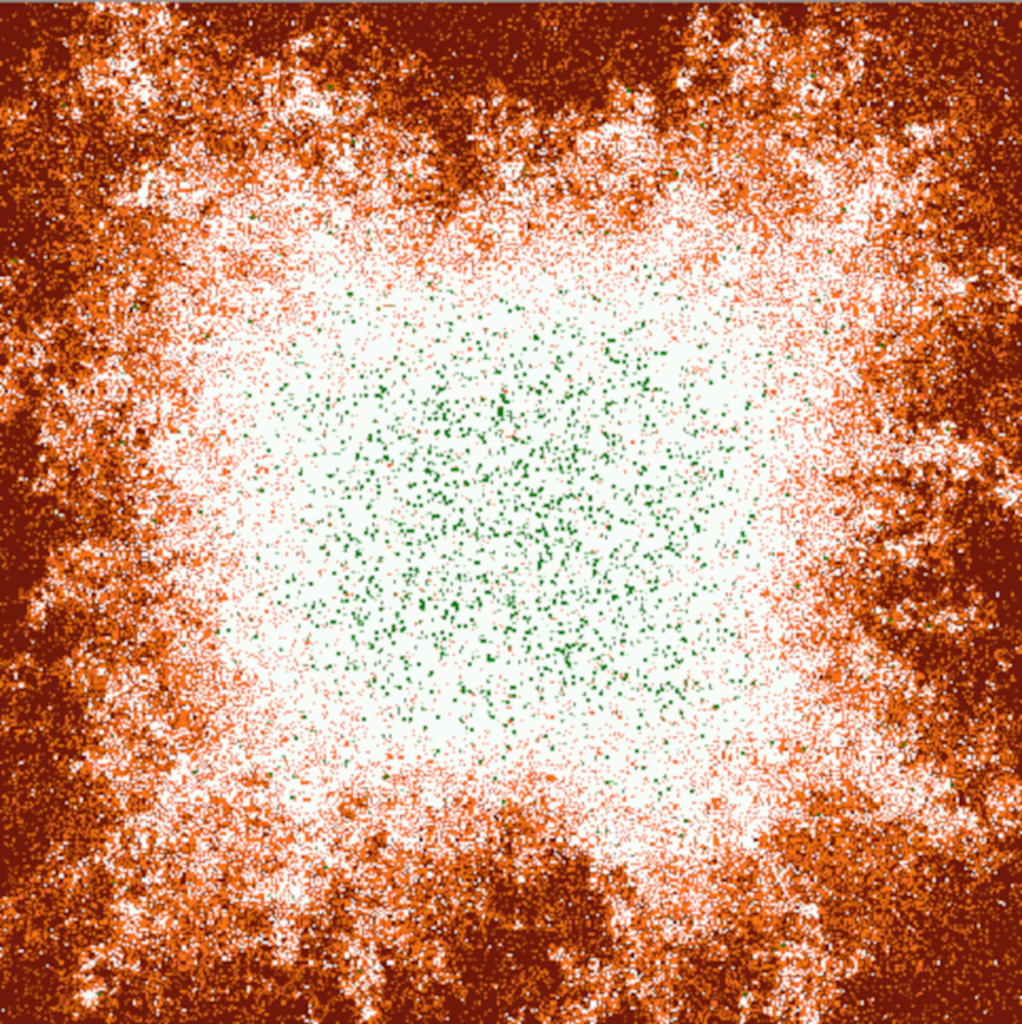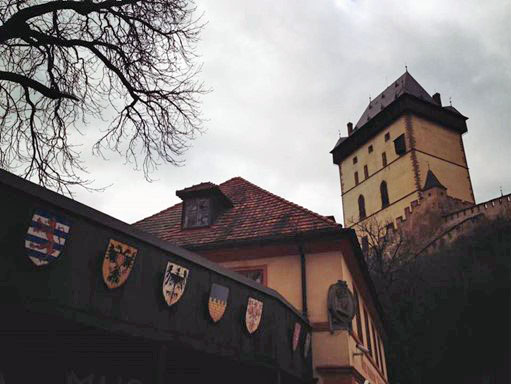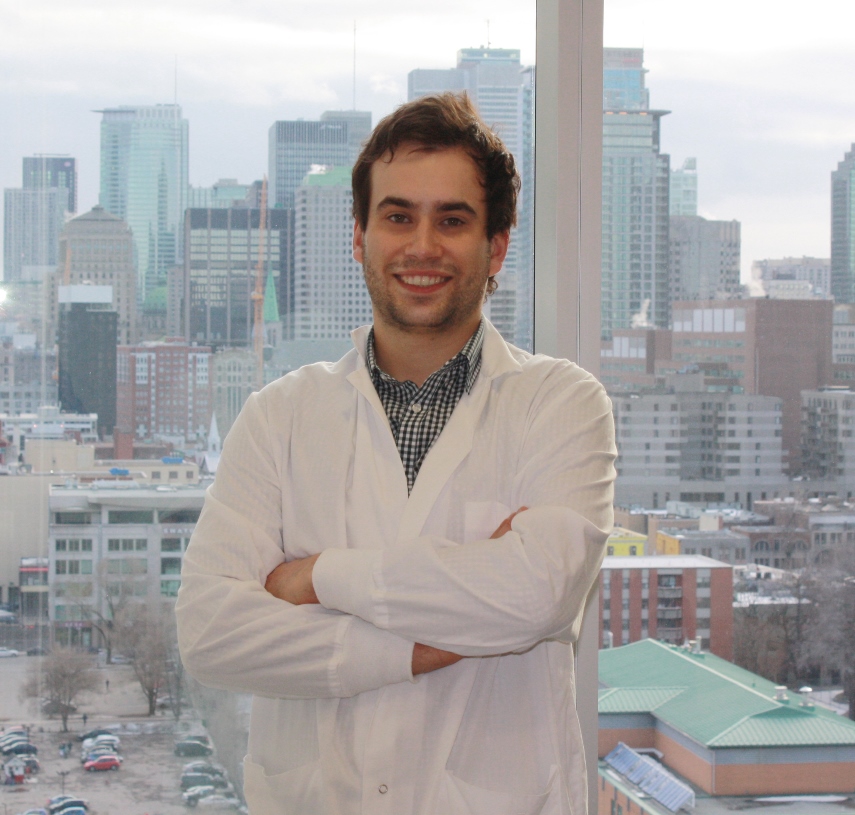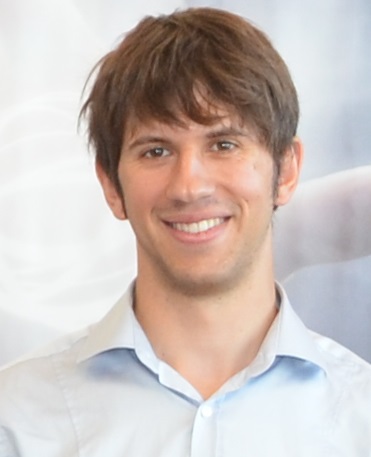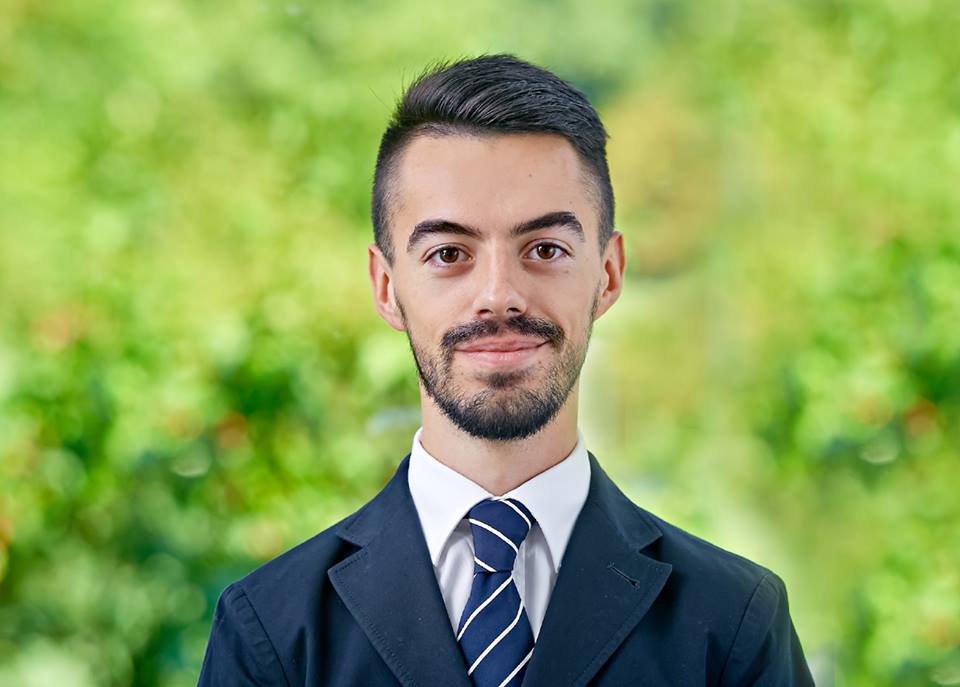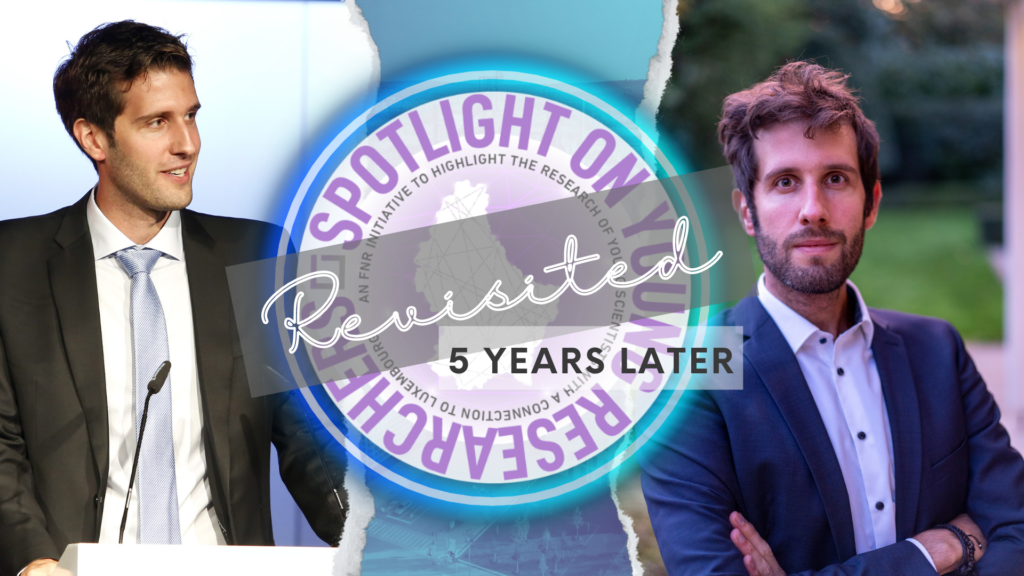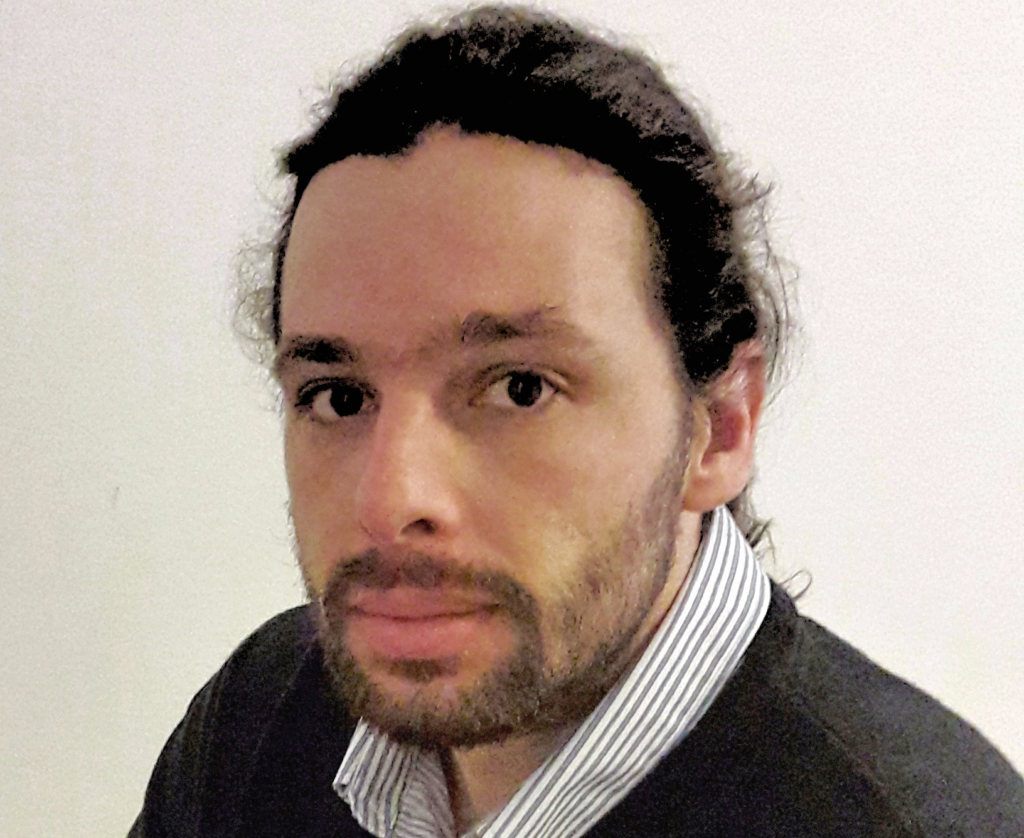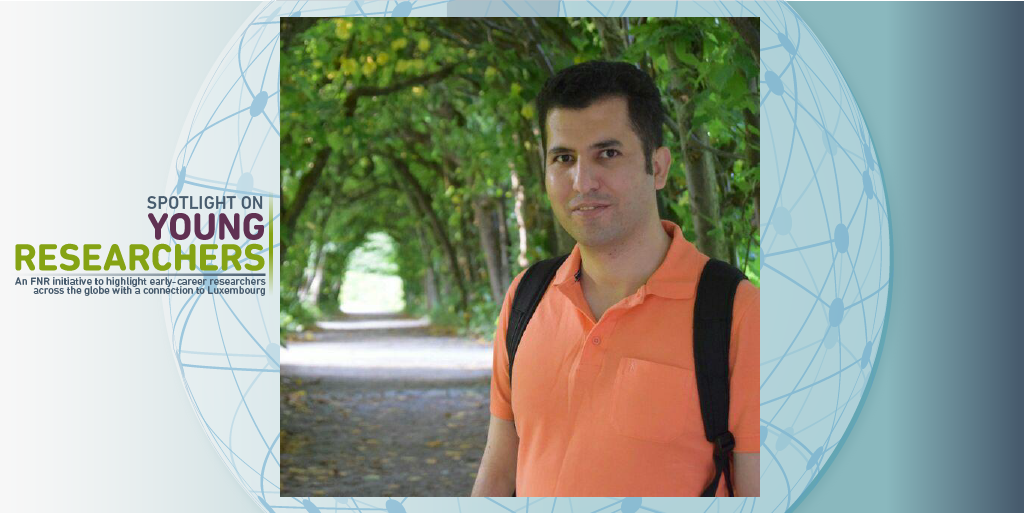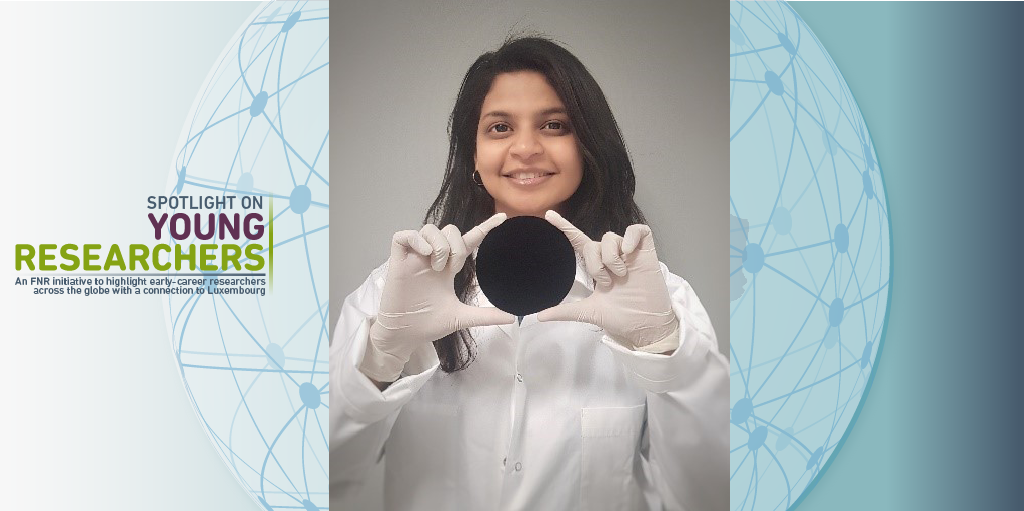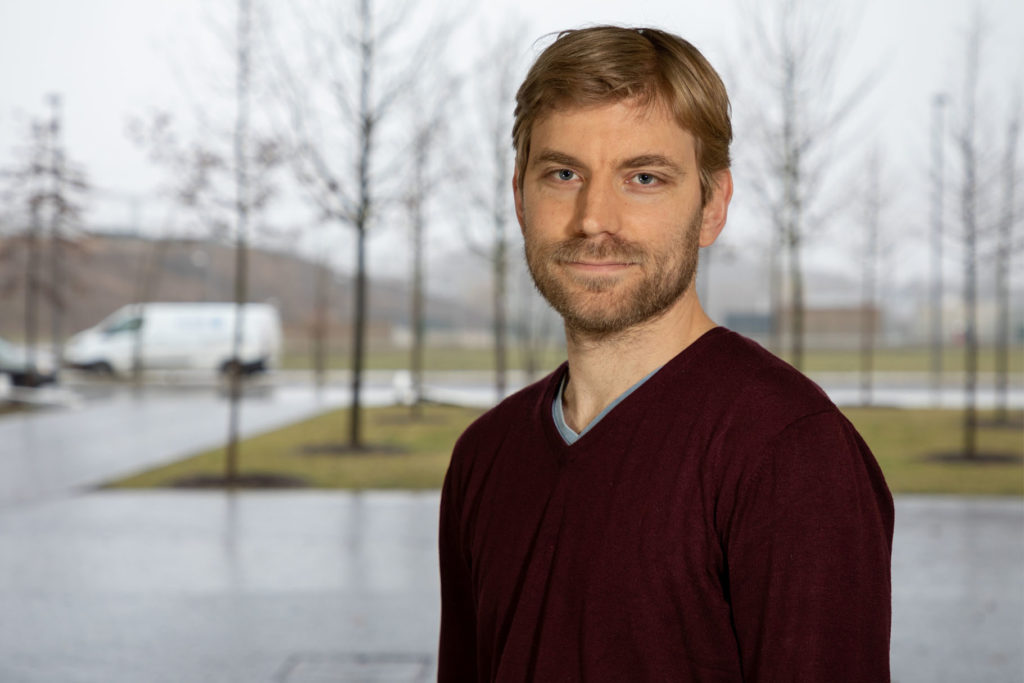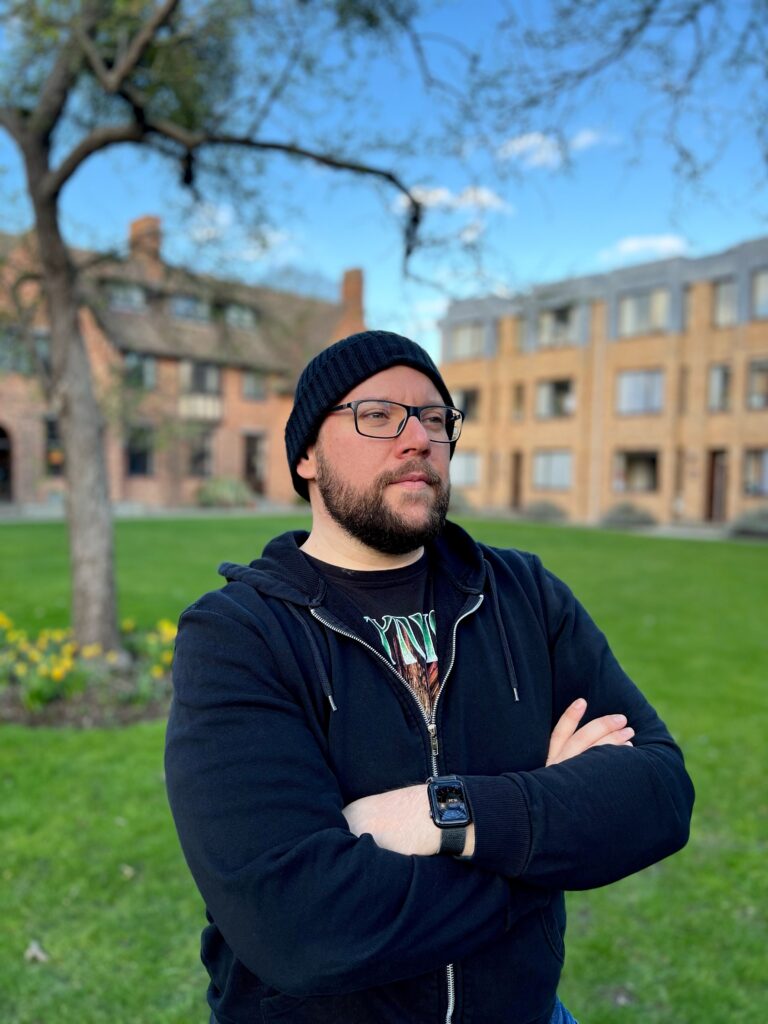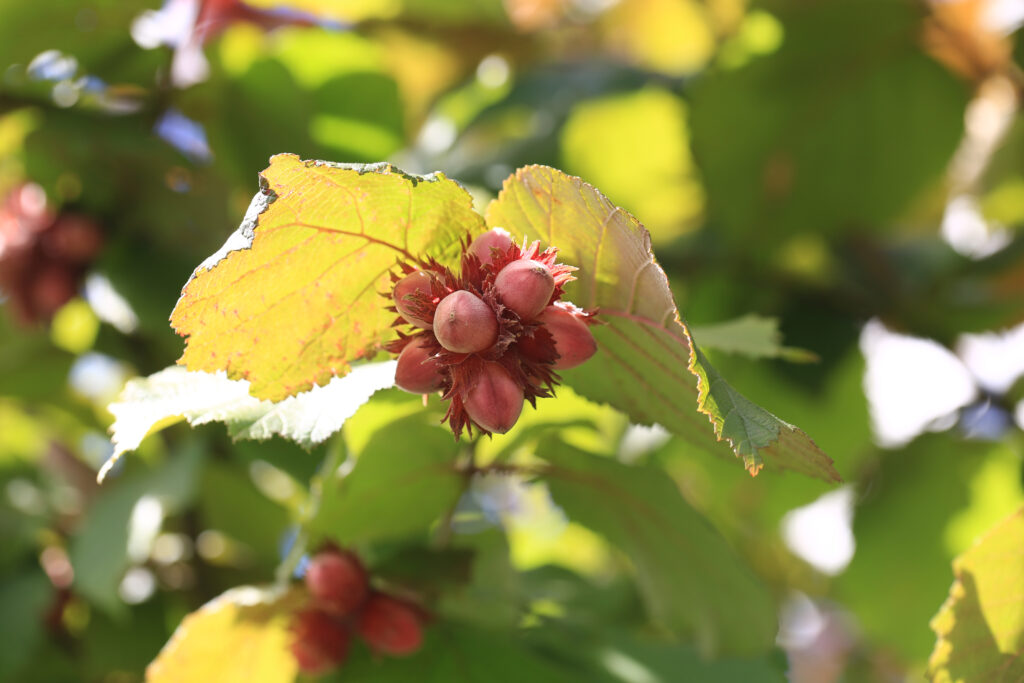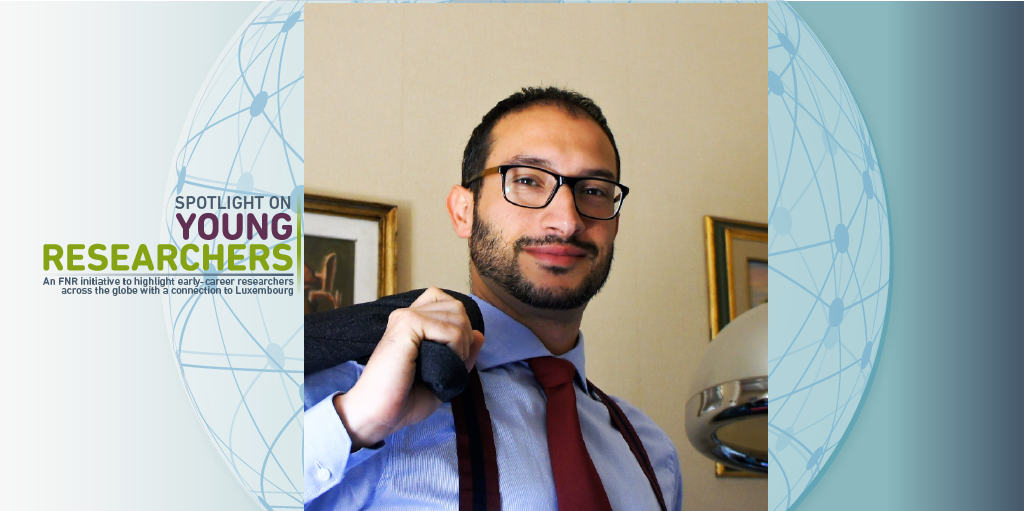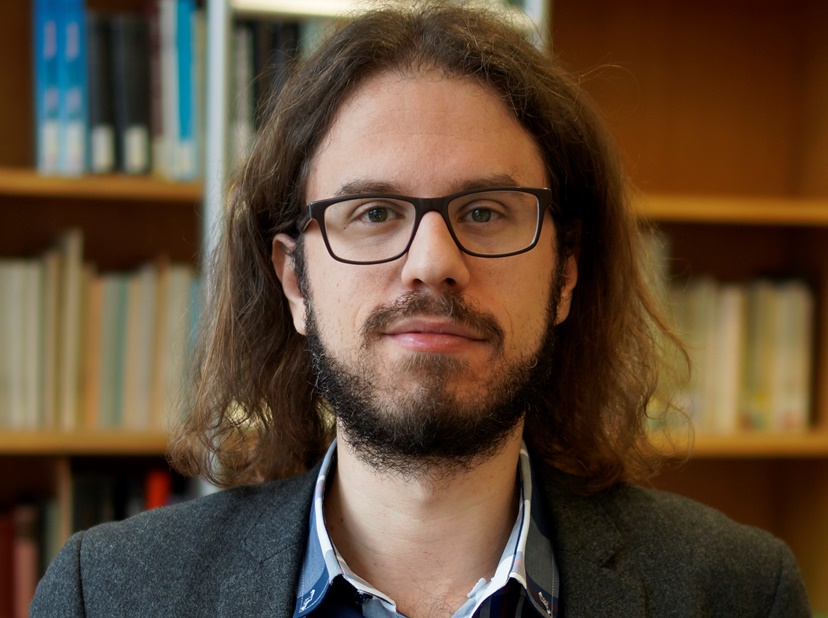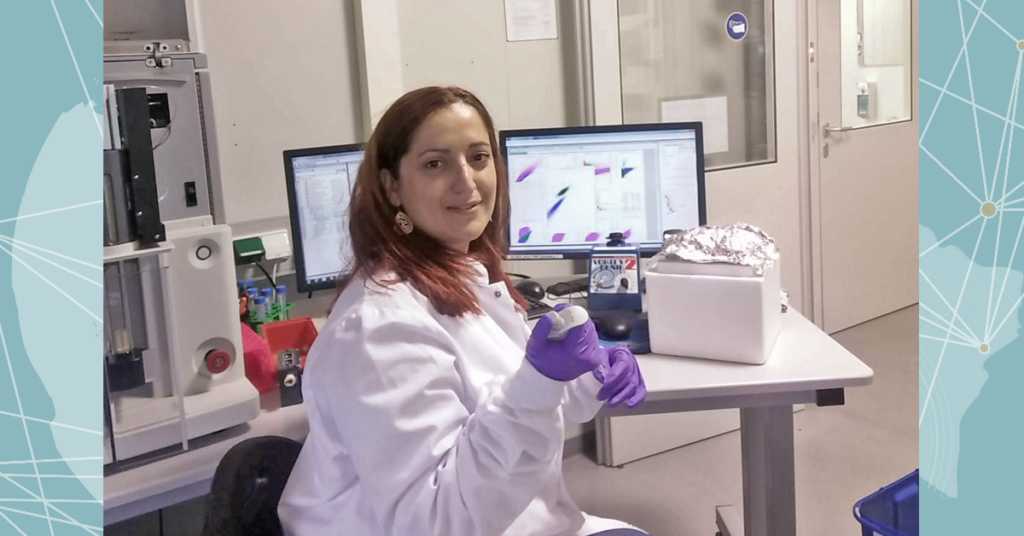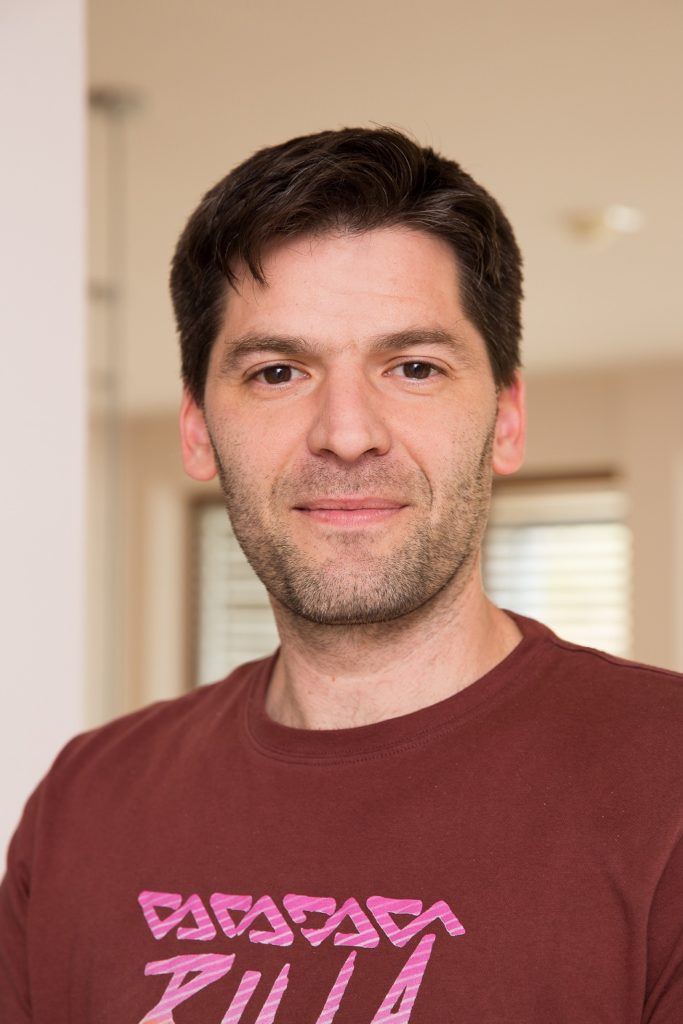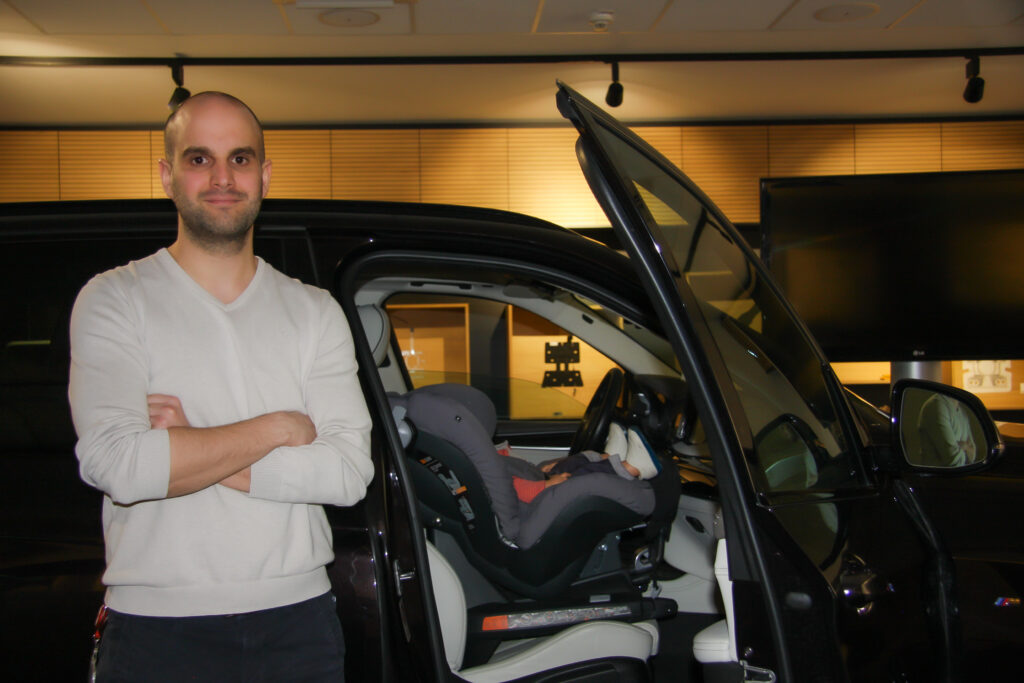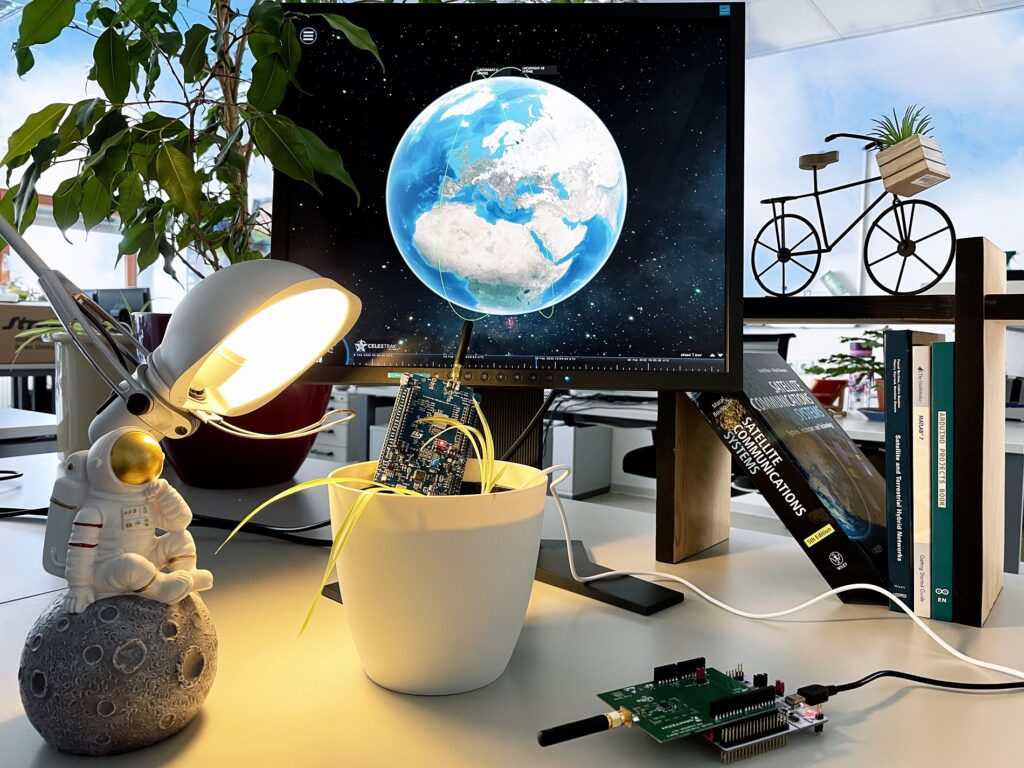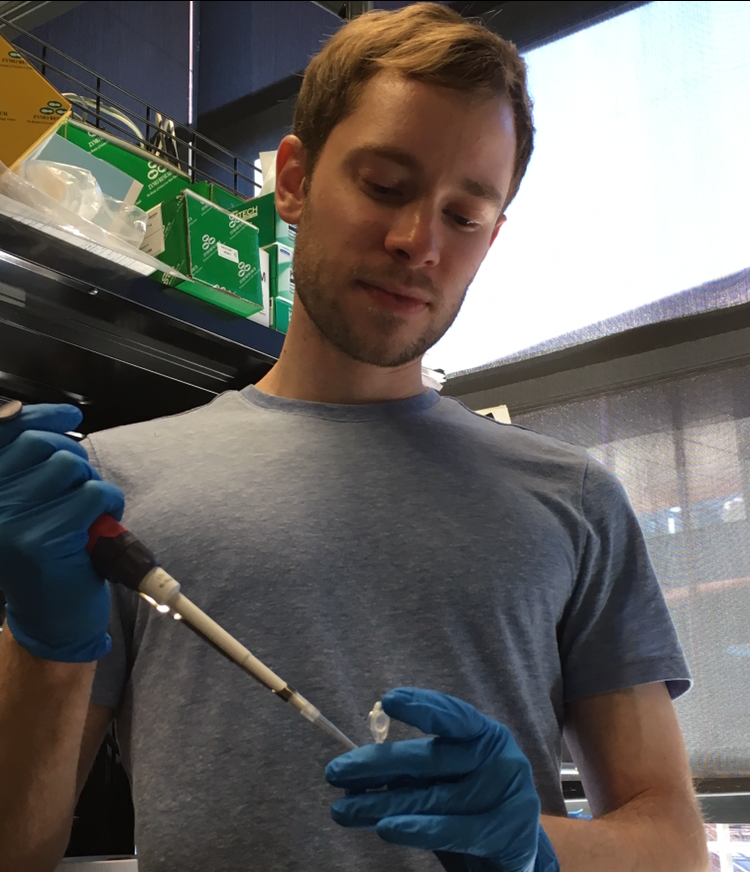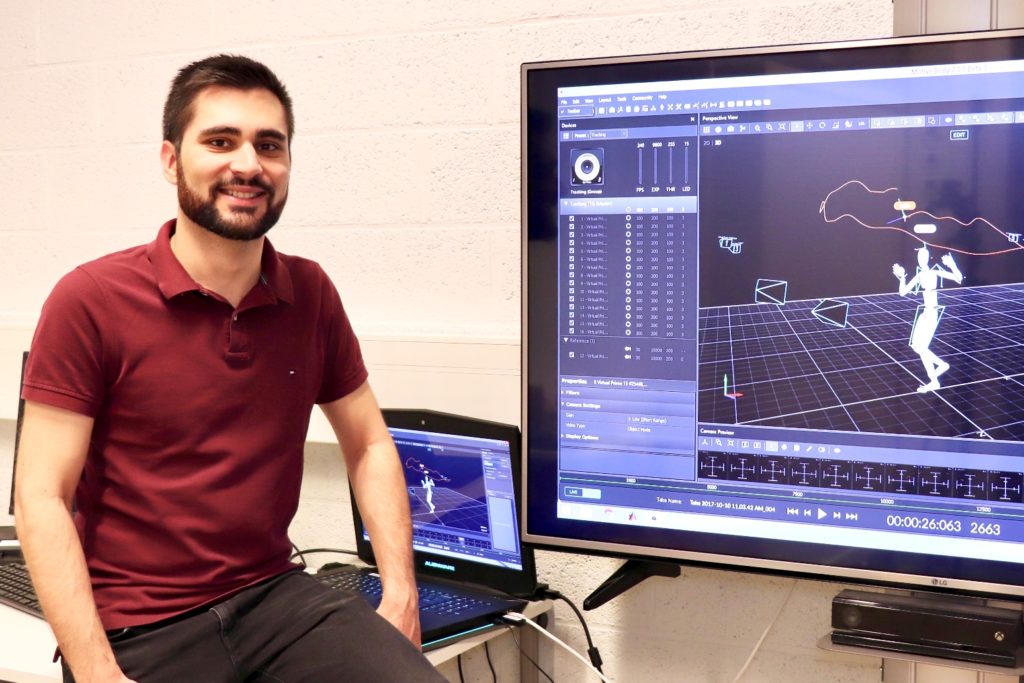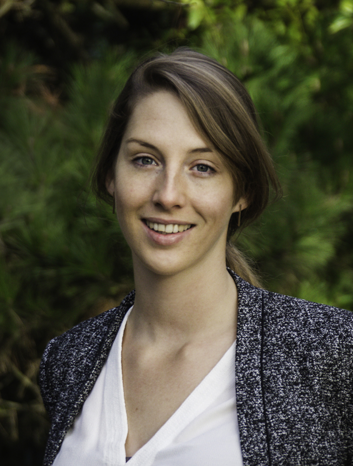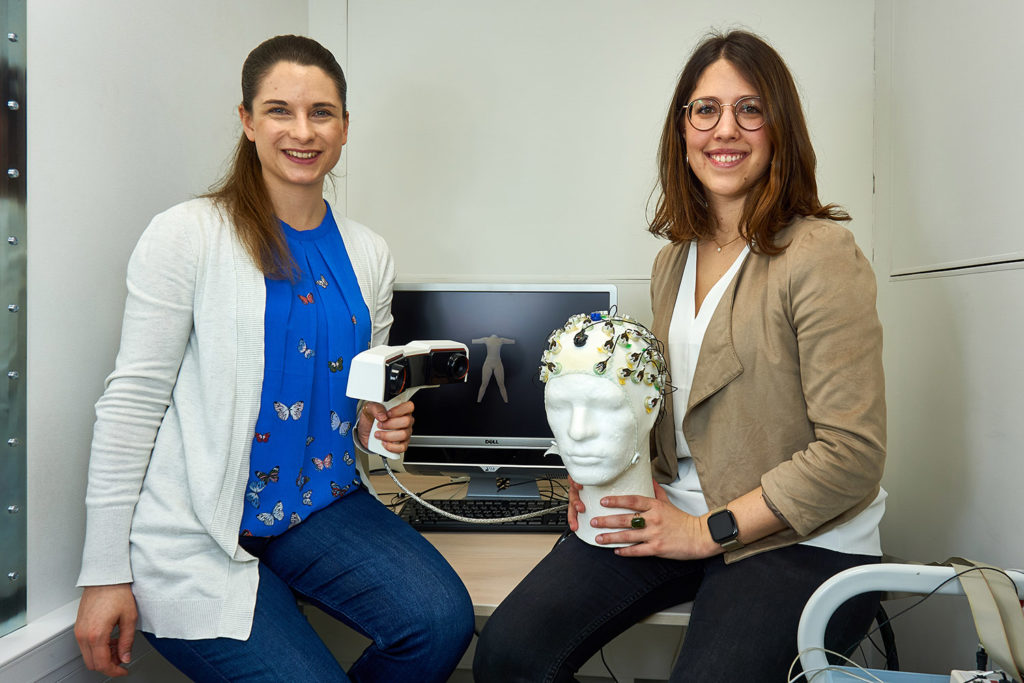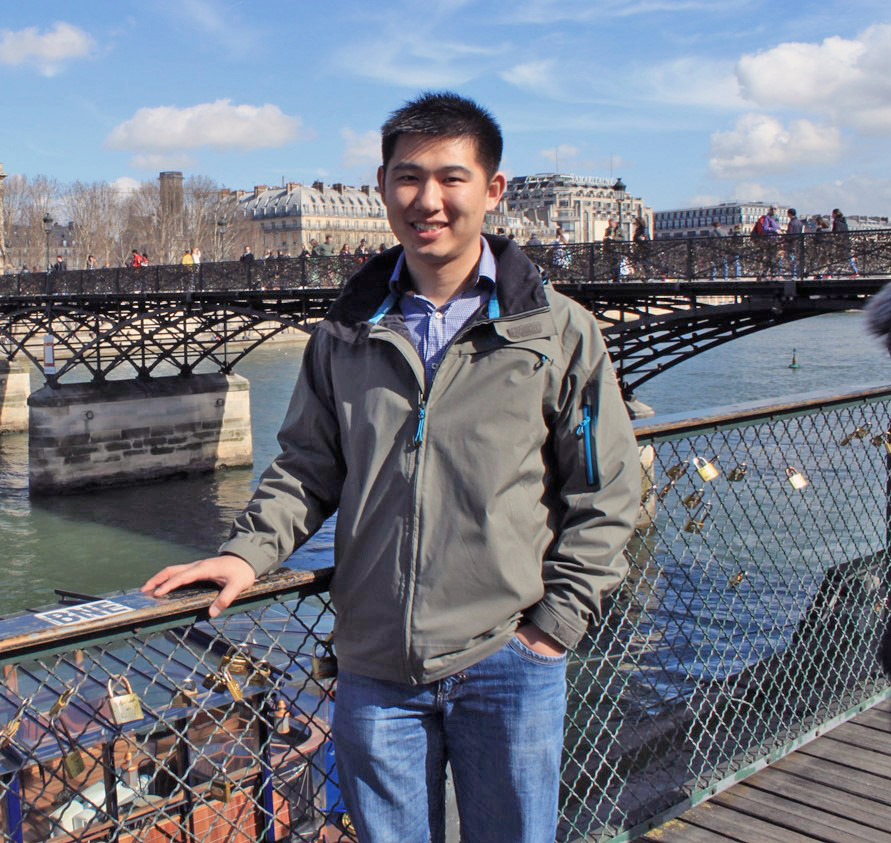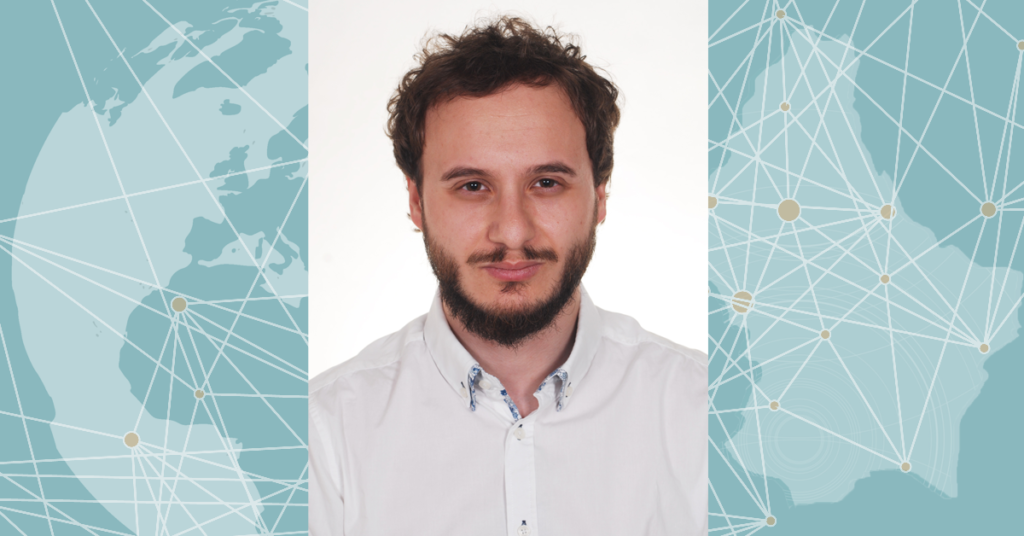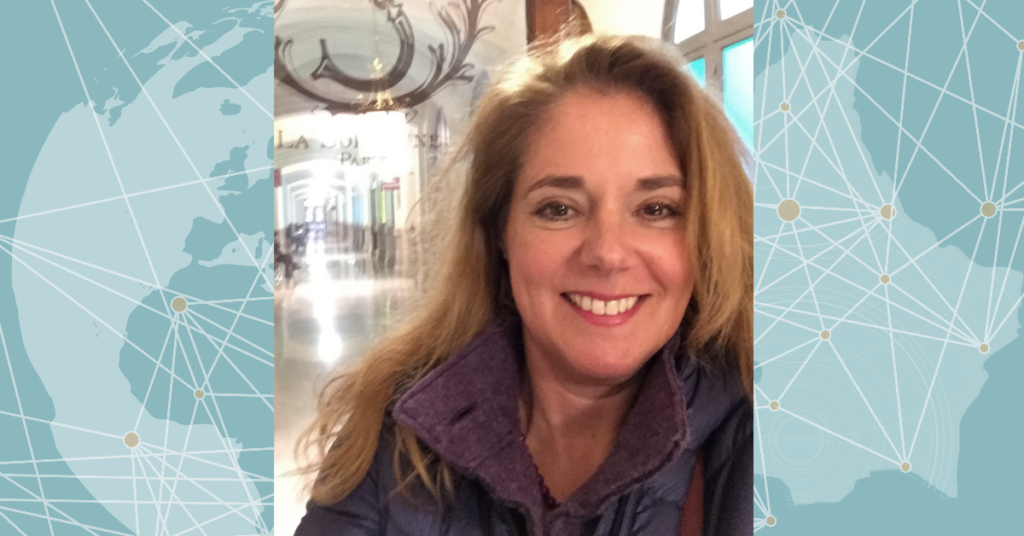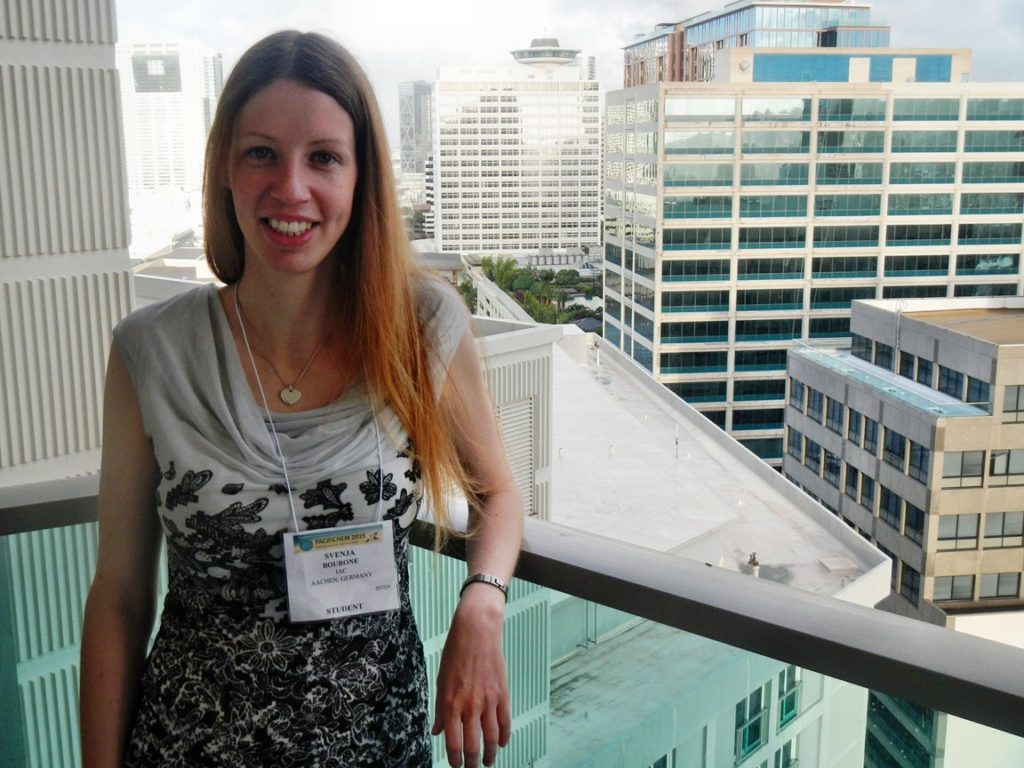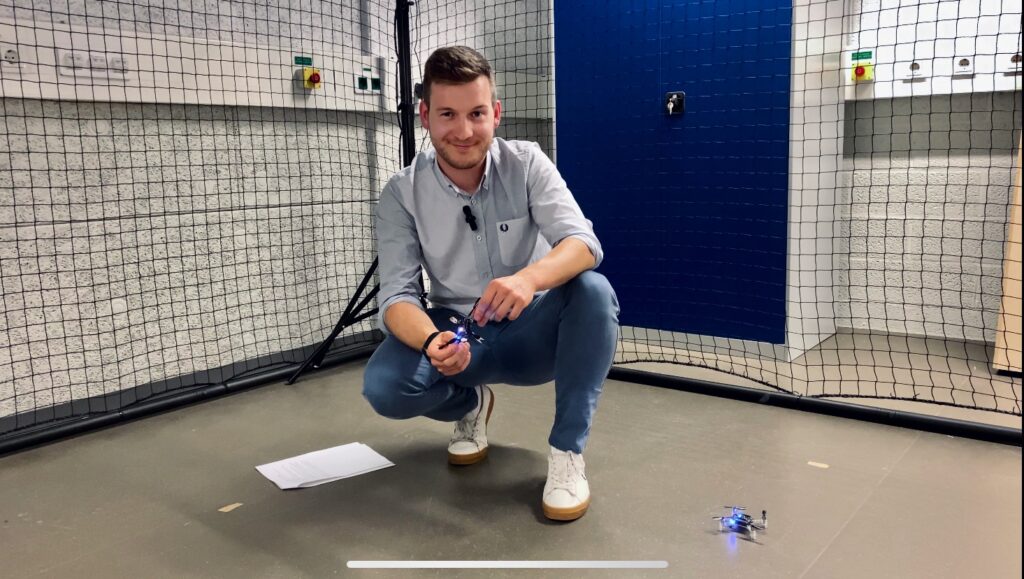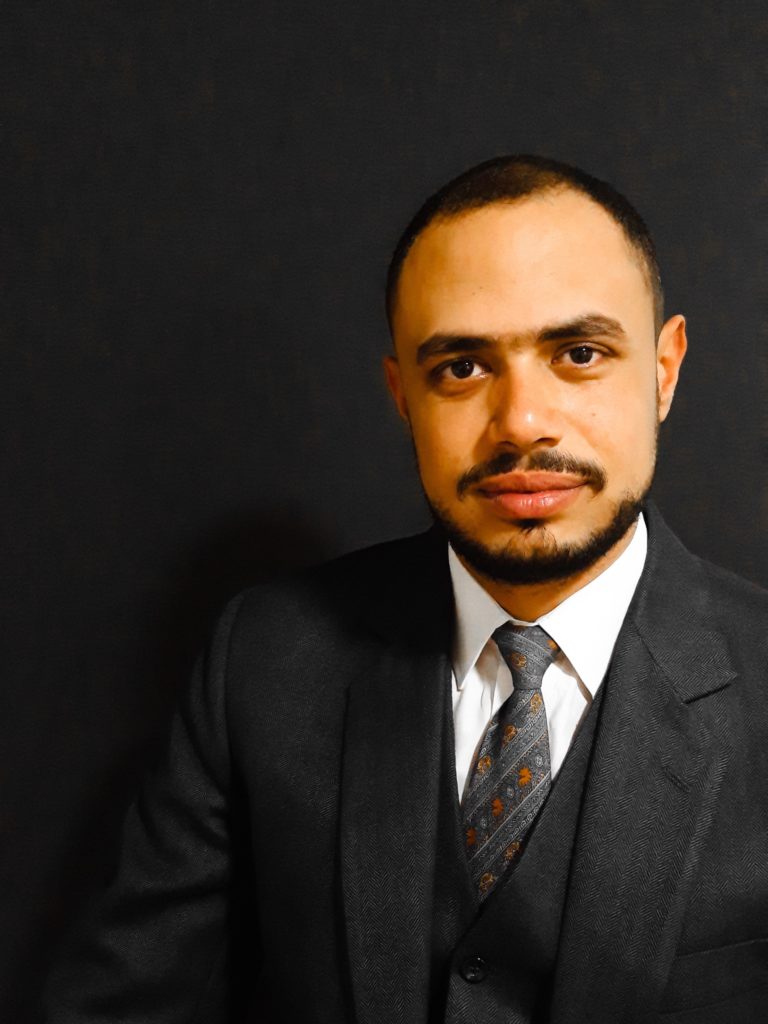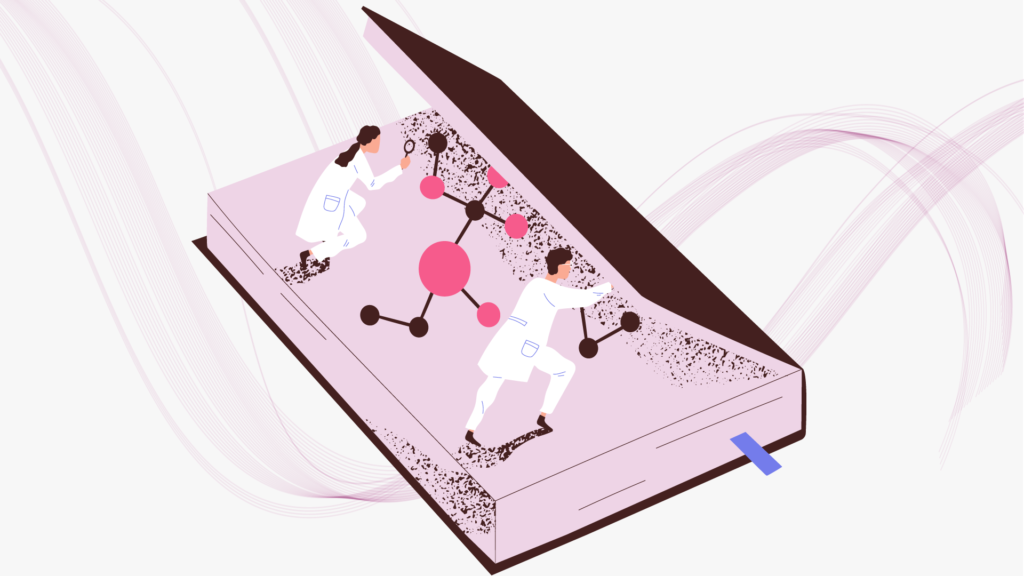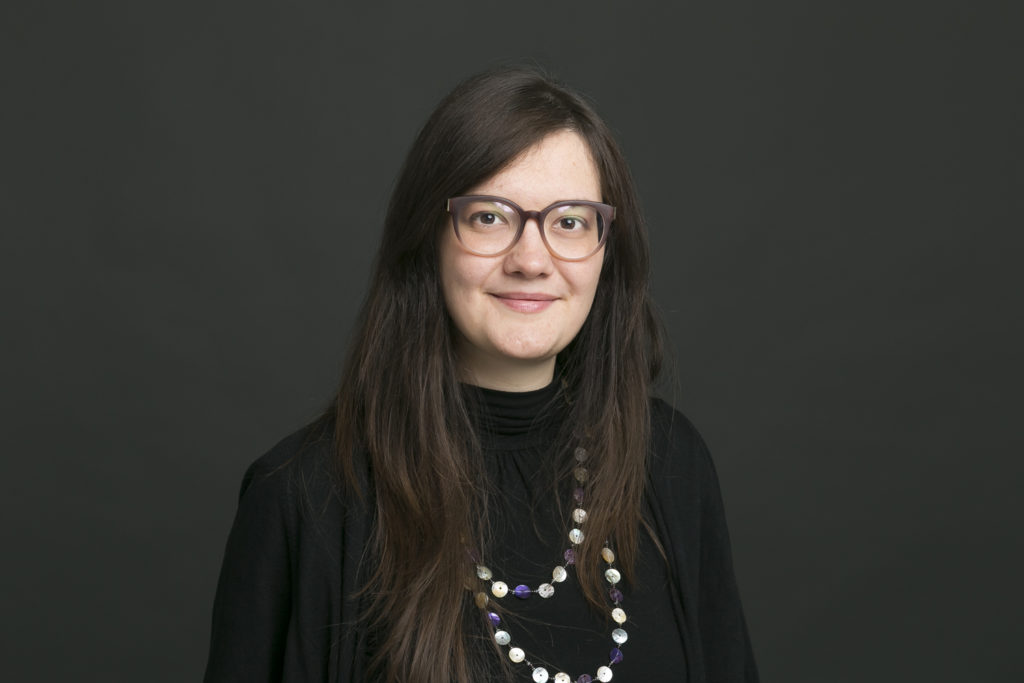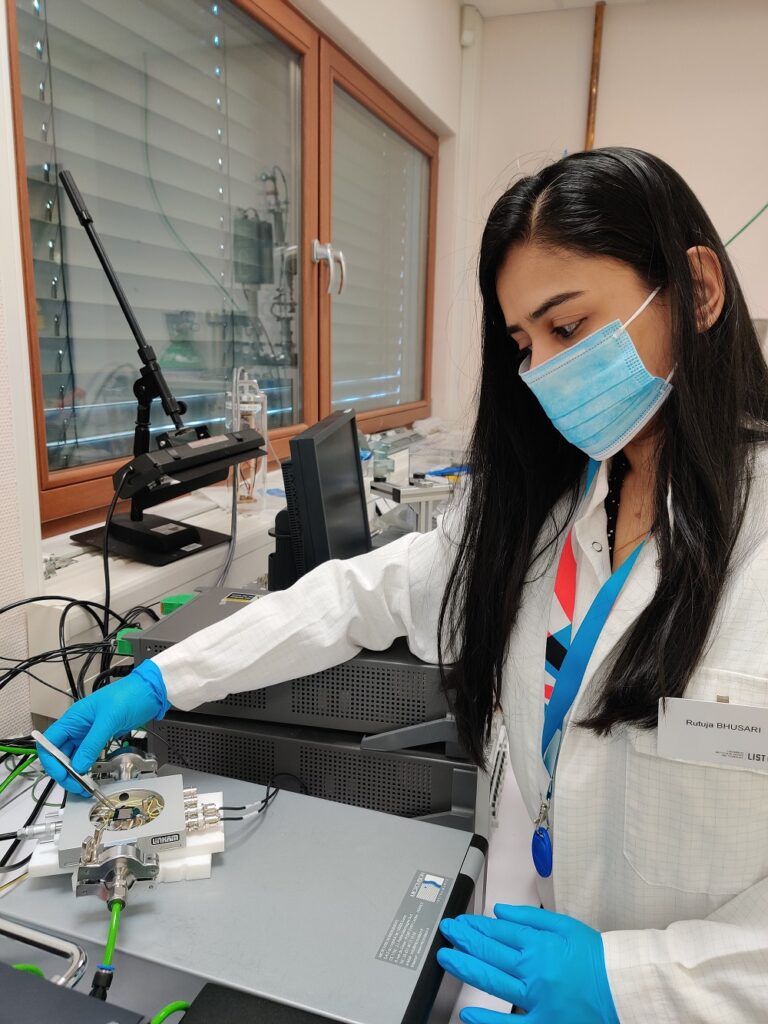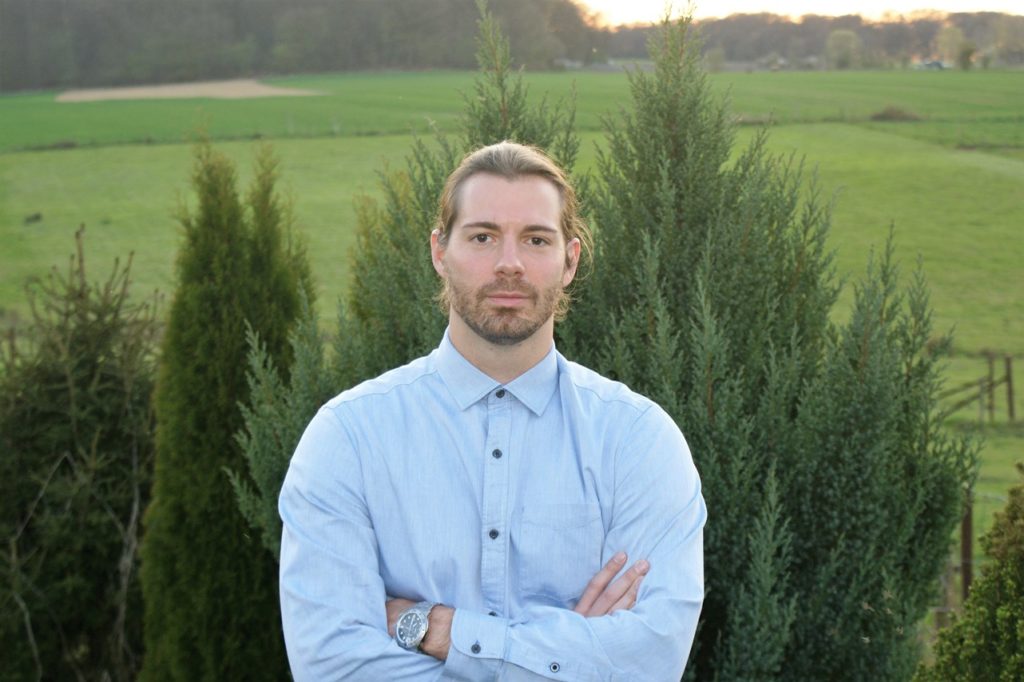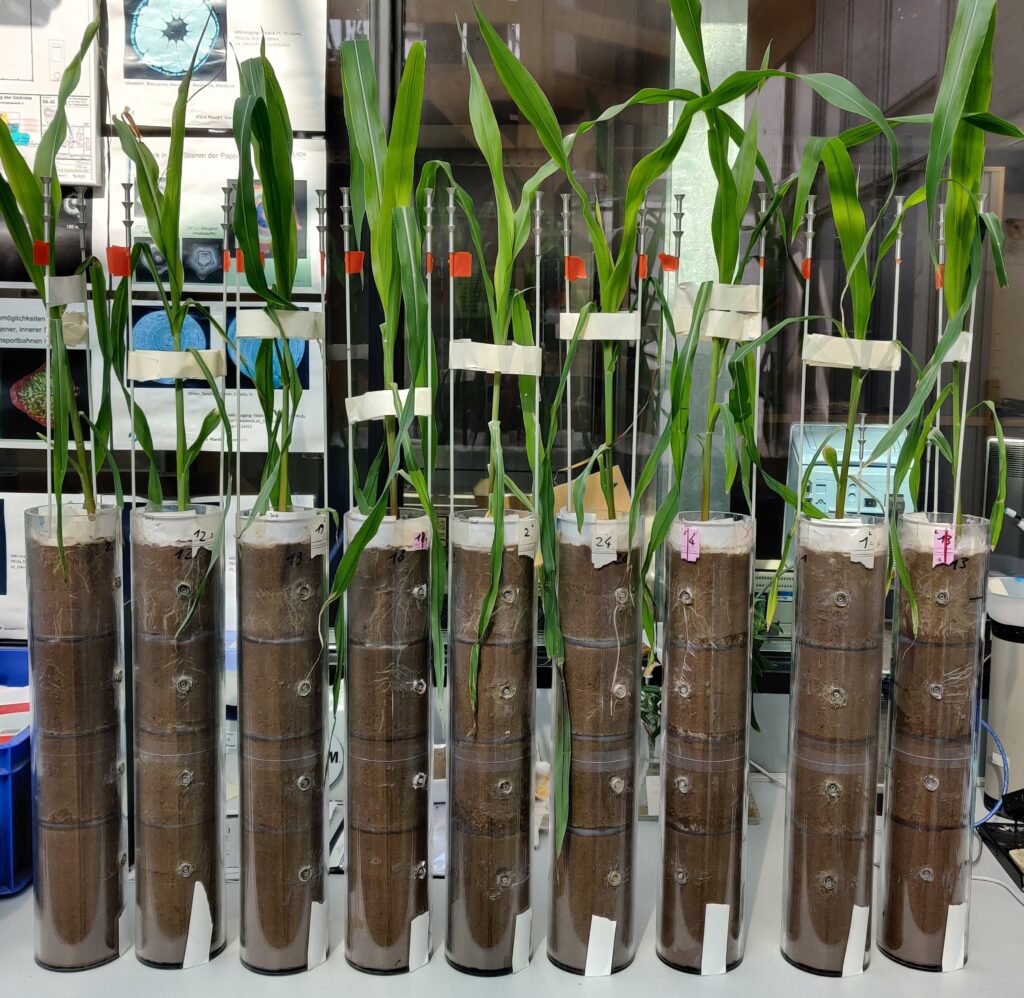
While we frequently hear about new trends in mobile and wireless technologies, challenges remain, such as the need to charge devices on a stationary device. At the SnT at the University of Luxembourg, Postdoc Sumit Gautam works on solving the future information and energy requirements of wireless devices, via radio frequency (RF)-based techniques.
Through rapid technological progress, we witness new ways and means to make our lives simpler with the help of electronic gadgets. However: Battery-driven user equipment is constrained by battery usage/capacity – the need to recharge is inconvenient. While recent methods involving a coil-based wireless recharging mechanism has brought some convenience from the perspective of plugging in and out of the wire from the charger, the devices are still required to be kept in one place (on top of the charging pad) and users are unable to move freely with the device. The big question is: Can wireless charging be made even more convenient?
“The answer is yes, but with a lot of constraints and limitations at the moment. However, it can be made possible by using the radio-frequency (RF) waves of the electromagnetic (EM) spectrum – the same that we receive from the FM radio-stations, Wi-Fi transmitters, Cellular base-stations, etc.,” Postdoc Sumit Gautam explains.
Sumit is a Postdoc in the SigCom group at the Interdisciplinary Centre for Security, Reliability and Trust (SnT) at the University of Luxembourg.
“My research work aims at proposing small updates to the existing wireless communication systems with subtle modifications to the receivers to carry out the SWIPT mechanism.
“Rigorous research is still required in the domain, but introduction of such methods will bring a lot of convenience in the society. It will also be good for the environment since renewable sources of energy (like wind, solar, etc.,) may be converted into RF-form and be used for recharging the battery-constrained wireless devices.”
Sumit explains that a promising idea for simultaneous wireless radio-frequency (RF) transmission of information and energy has come into the spotlight during the last decade.
“This technique does not only guarantee a more flexible recharging alternative, but also ensures its co-existence with any of the existing (RF-based) or alternatively proposed methods of wireless communications, such as visible light communications (VLC) (e.g., Light Fidelity (Li-Fi)), optical communications (e.g., LASER-equipped communication systems), and far-envisioned quantum-based communication systems. Our research group primarily focuses on wireless communication technologies.
“My work fits well with the research activities of our group since we leverage the existing works in the domain and seek possibilities of designing practical simultaneous wireless information and power transmission (SWIPT) systems.”
Sumit has been involved in the overall project since his PhD, which he started in 2017 and defended in 2020.
“During my PhD, I was working on the same project as I am working now, i.e., InWIP-NET (R-AGR-0700-10). The main objective of the project is the the investigation of InWIP-NETs, where a wireless power transfer network composed of a variety of RF energy sources is incorporated into a heterogeneous wireless information network, in order to deliver on-demand information and power wirelessly in a cost-efficient manner.”
Having only transitioned from PhD to Postdoc early in 2020, Sumit explains being a Postdoc is a completely different experience.
“The Postdoc position is filled with new challenges in form of multi-tasking from not only the project requirements’ perspective, but also research. During the PhD, I was mostly focused on targeting problems and finding solutions with a certain domain of research area. This mechanism becomes multi-disciplinary during the Postdoc, where I should expand my knowledge spanning over various other domains of research. Moreover, there are other additional tasks associated with the Post-doctoral position unlike in the case of a PhD student.”
The FNR supports Sumit’s project via the FNR’s INTER programme, through which the FNR supports Luxembourg researchers in bi/multilateral international collaborations.






Sumit pursued his PhD in Informatics at the Interdisciplinary Centre for Security, Reliability and Trust (SnT), University of Luxembourg under the supervision of Prof. Symeon Chatzinotas and Prof. Björn Ottersten. He started his PhD in May 2017 and defended his PhD Thesis in February 2020. Sumit also holds an MS in Electronics and Communications Engineering by Research Thesis from the International Institute of Information Technology, Hyderabad, India.
Why did you decide to pursue a career in research?
“While pursuing my Bachelor’s degree at the LNM Institute of Information Technology, Jaipur, INDIA; I studied some courses which involved presentations and discussions based on the then existing IEEE papers on the related subject(s). I liked the way how specific topics were explained in a very interesting and analytical format. They also demonstrated the application of mathematics and other related subjects (which I had studied earlier) in theory as well as in practice.
“Inspired by this, I decided to pursue a career in research and hence I got enrolled to a Master of Science in Electronics and Communications by Research programme at International Institute of Information Technology, Hyderabad, INDIA. After exploring different research areas, the phenomenon of wireless power transfer sparked an interest in me to investigate the simultaneous wireless information and power transmission (SWIPT) systems, which I continue to explore till date. Specifically, I like to pursue a career in research since I get to design/tackle new systems, new problems, and apply mathematical/physics tools to obtain reasonably good solutions in order to motivate novel and efficient practical systems.”
Research career highlights
“Based on my limited understanding, the word ‘Research’ implies ‘keep on exploring’. Throughout the research journey so far, I have gained considerable amount of experience in my area of expertise. Since the possibilities of acquiring knowledge are endless, I consider myself a student for life.
“In the early phases of my research career, I got the honour to receive the best student paper award at the Wireless Personal Multimedia Communications (international) conference in 2015 for my very first research article. After joining the University of Luxembourg, I have had the opportunity to represent Luxembourg (as a member substitute) at the COST Action IC1301 – Wireless Power Transmission for Sustainable Electronics (WiPE). Besides, I have published (or was a part of) my research articles in 4 elite IEEE Journals, 1 Book Chapter, and 14 prestigious IEEE conferences. I will continue to explore more and try to give my level best.”
Role models
“Given that my interest lies in the area of wireless power transfer (WPT), my role model is undoubtedly Nikola Tesla.
“Tesla started working on WPT techniques in the late 1890s. He was a pioneer of induction techniques for WPT. Tesla envisioned the possibility of a ‘world wireless system (WWS)’, where he intended to provide wireless electricity worldwide. In this vein, Tesla proposed to broadcast power with the help of a 187 feet tall tower which was later called the Tesla Tower. By realizing this model, Tesla had a vision that people can have access to free energy one day. However, the goals of this tower could not be completed due to shortage of funds and hence, this revolutionary idea eventually failed.
“It has been well documented that Tesla was able to transfer power (wirelessly) from one coil to another. Additionally, he designed a method to light 200 lamps from a distance of 40 km. The closest depiction of this phenomenon can be seen in the movie called: The Prestige (2006).
“Ever since my childhood, I have always been curious about green (energy) systems which takes into consideration the utilization of ambient (free) sources of energy as a recharging alternative. In this regard, the research and experimentations performed by Tesla have served as a great source of motivation for the humanity to achieve the phenomenon of wireless charging via radio-frequency (RF).”
About Spotlight on Young Researchers
Spotlight on Young Researchers is an FNR initiative to highlight early career researchers across the world who have a connection to Luxembourg. The campaign is now in its 5th year, with 60+ researchers already featured. Discover more young researcher stories below.
More in the series SPOTLIGHT ON YOUNG RESEARCHERS
- All
- Cancer research
- Environmental & Earth Sciences
- Humanities & Social Sciences
- Information & Communication Technologies
- Law, Economics & Finance
- Life Sciences, Biology & Medicine
- Materials, Physics & Engineering
- Mathematics
- Research meets industry
- Spotlight on Young Researchers
- Sustainable resource mgmt
- Women in science




